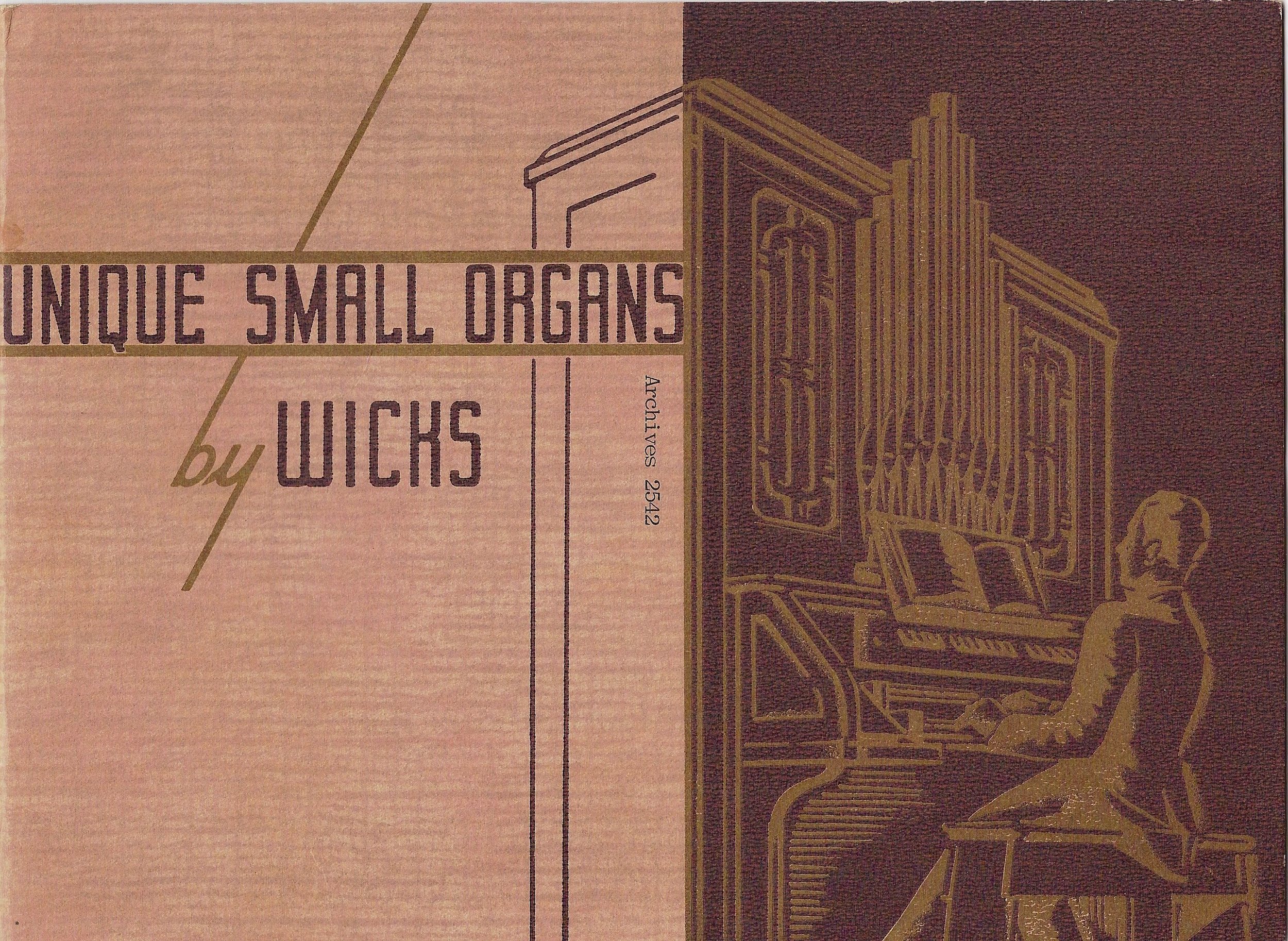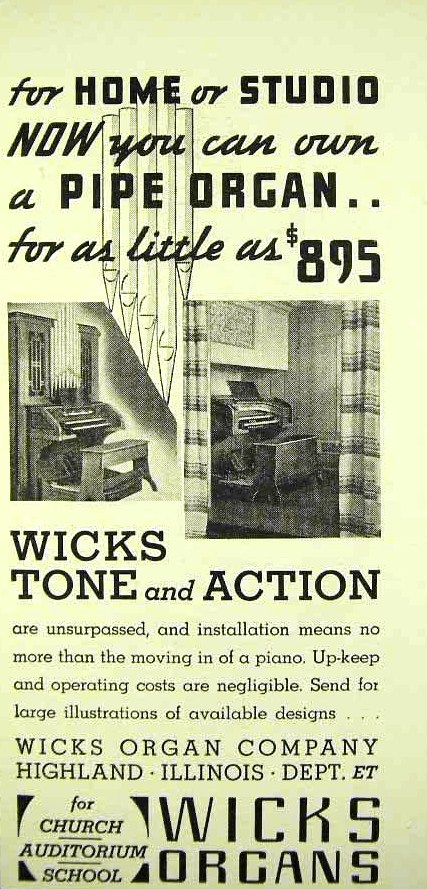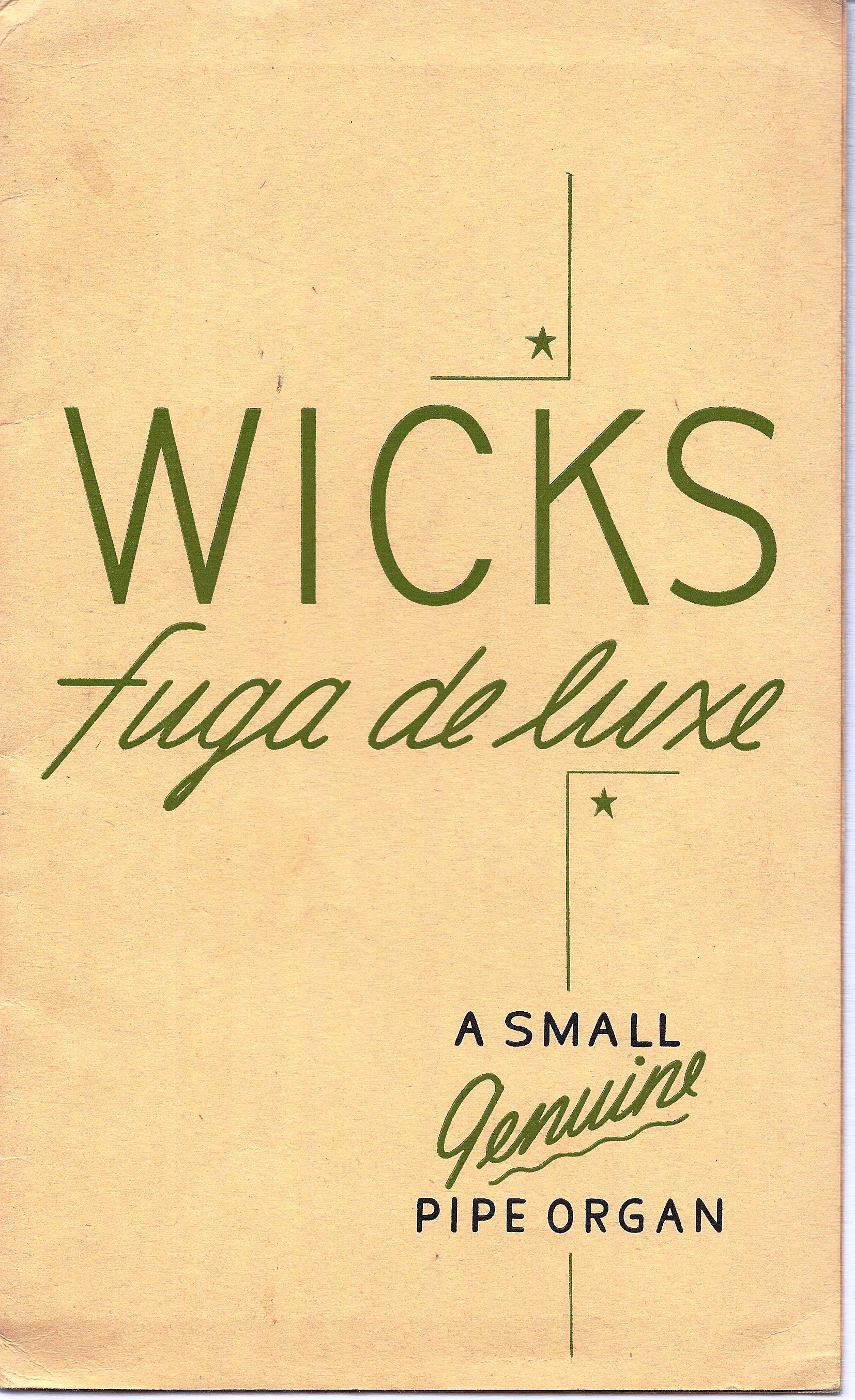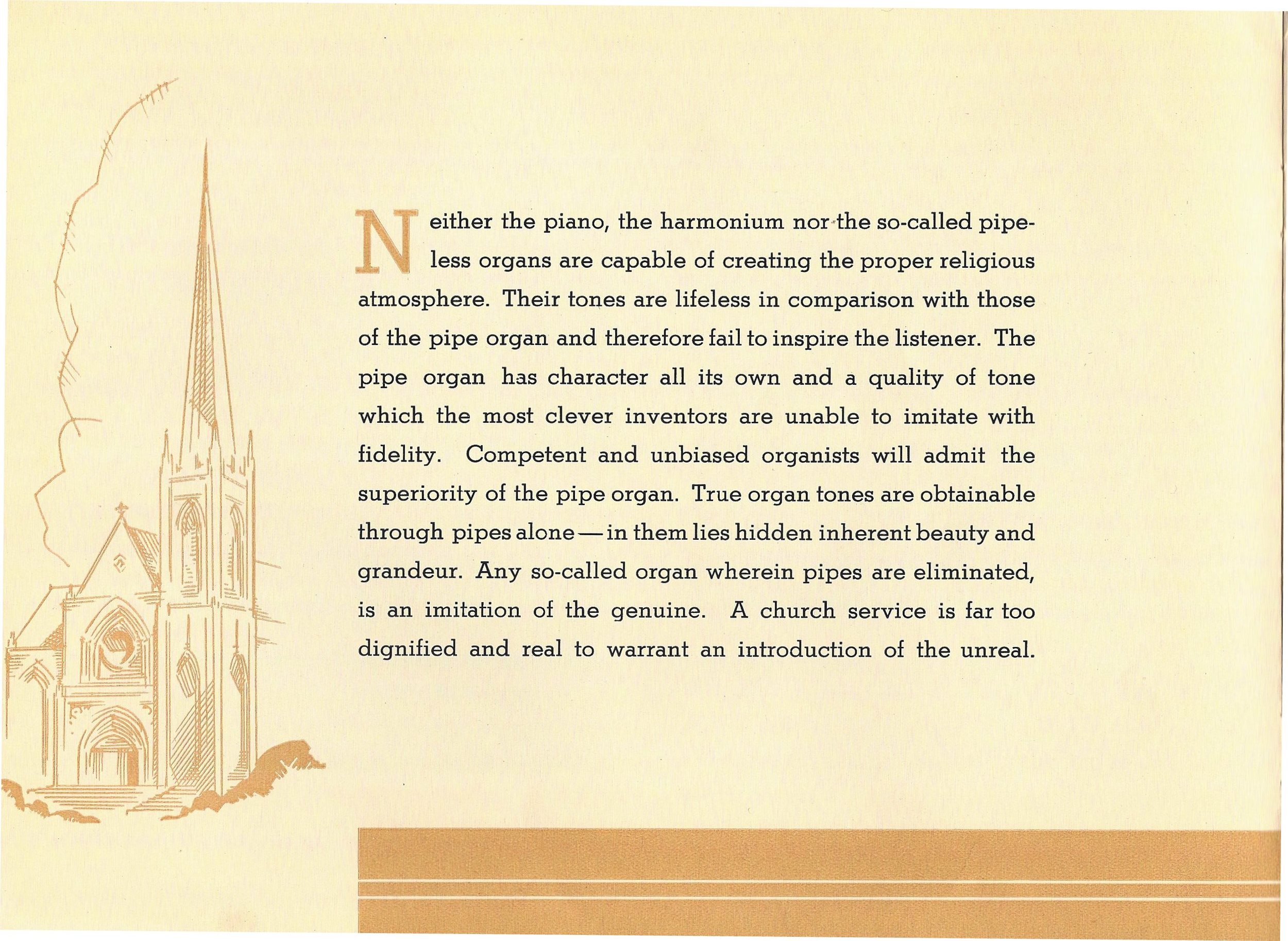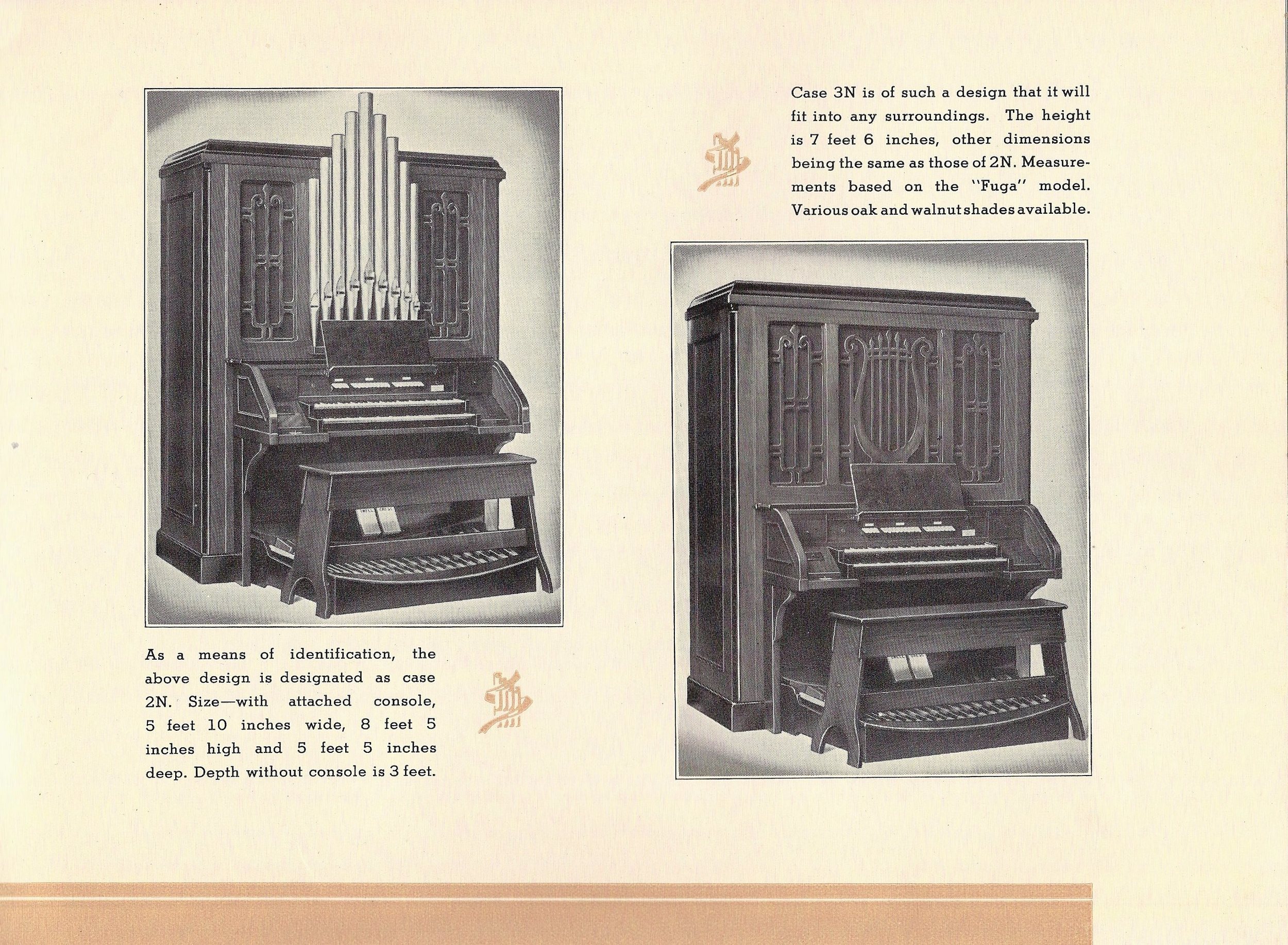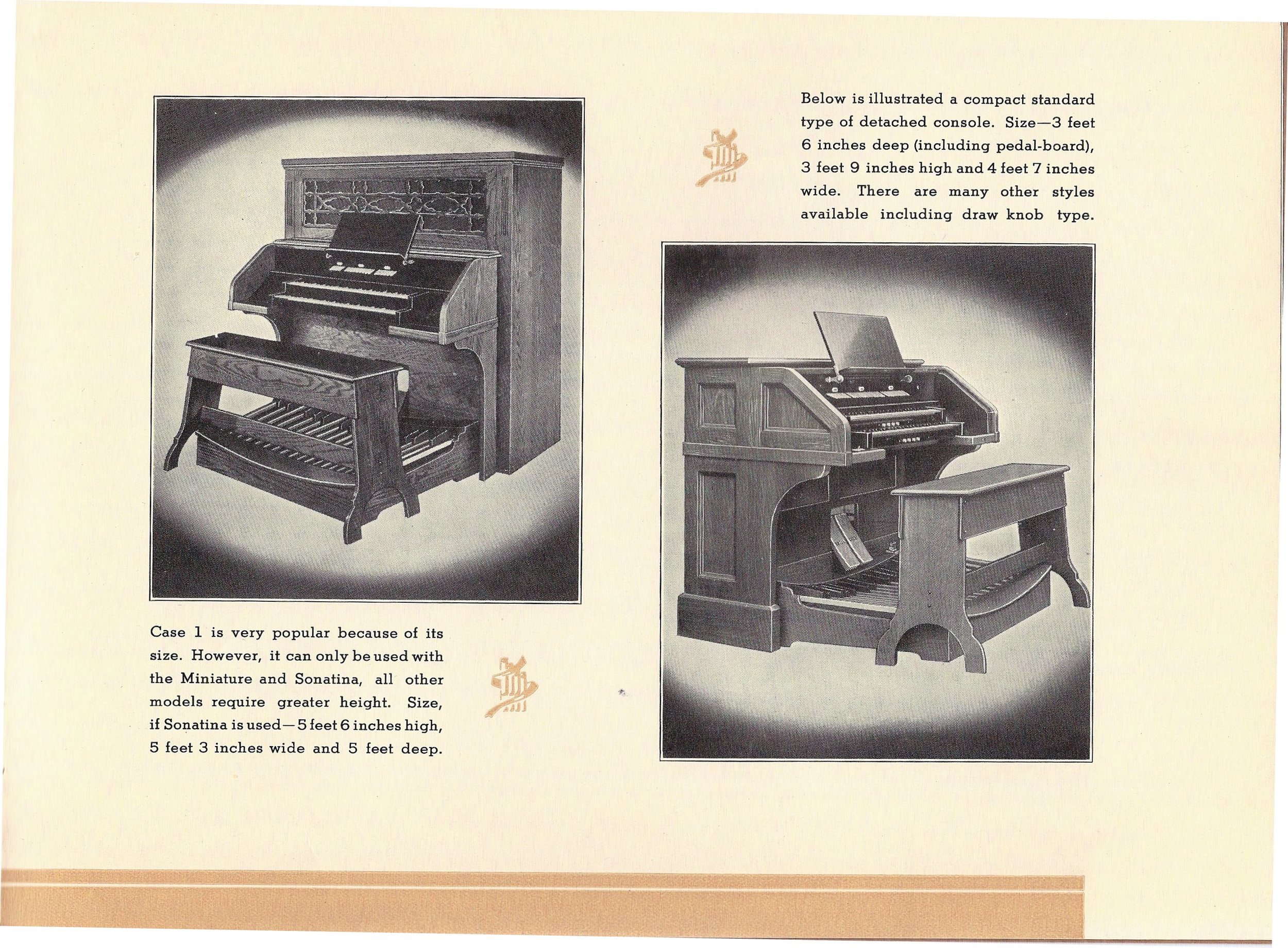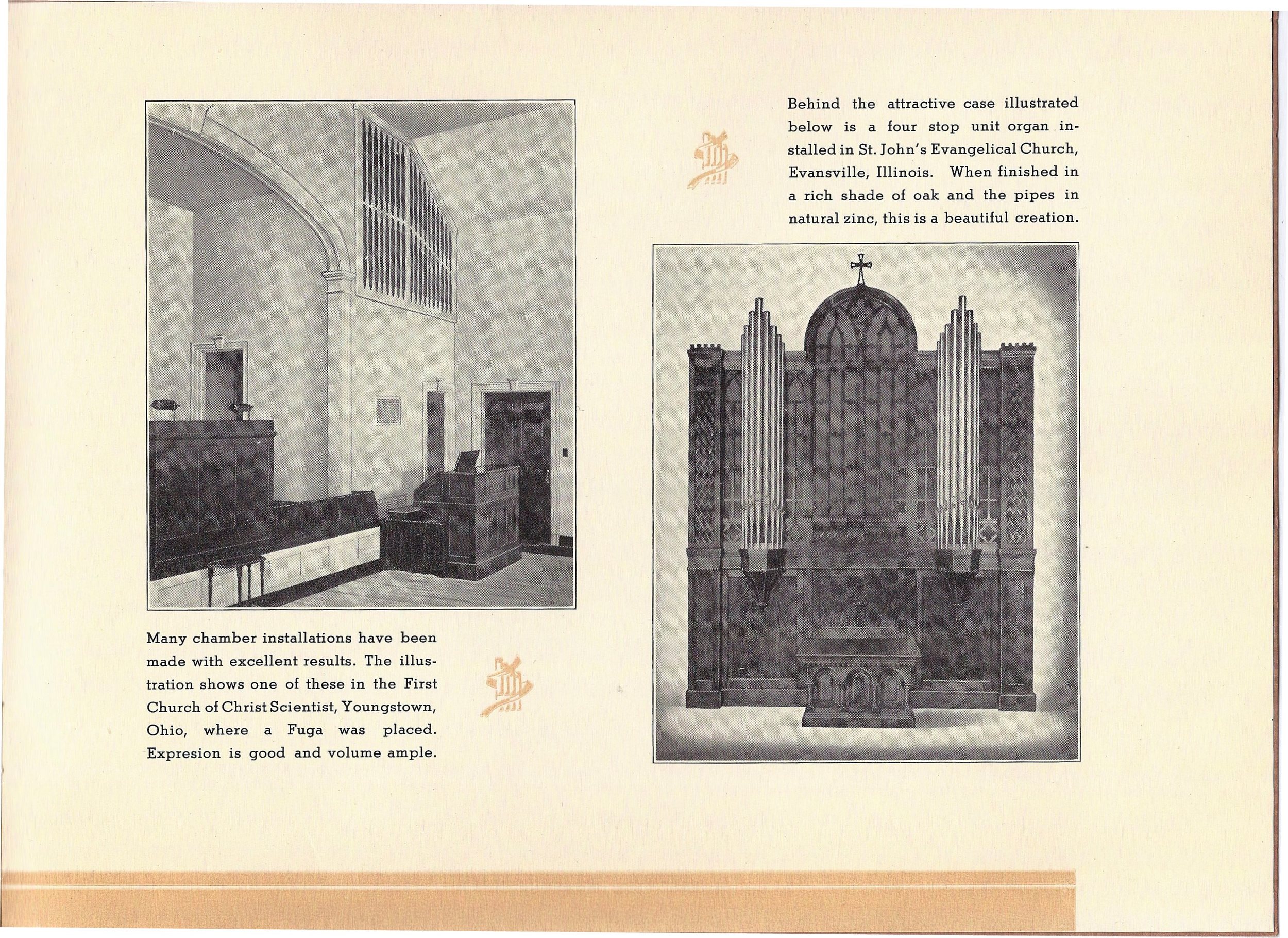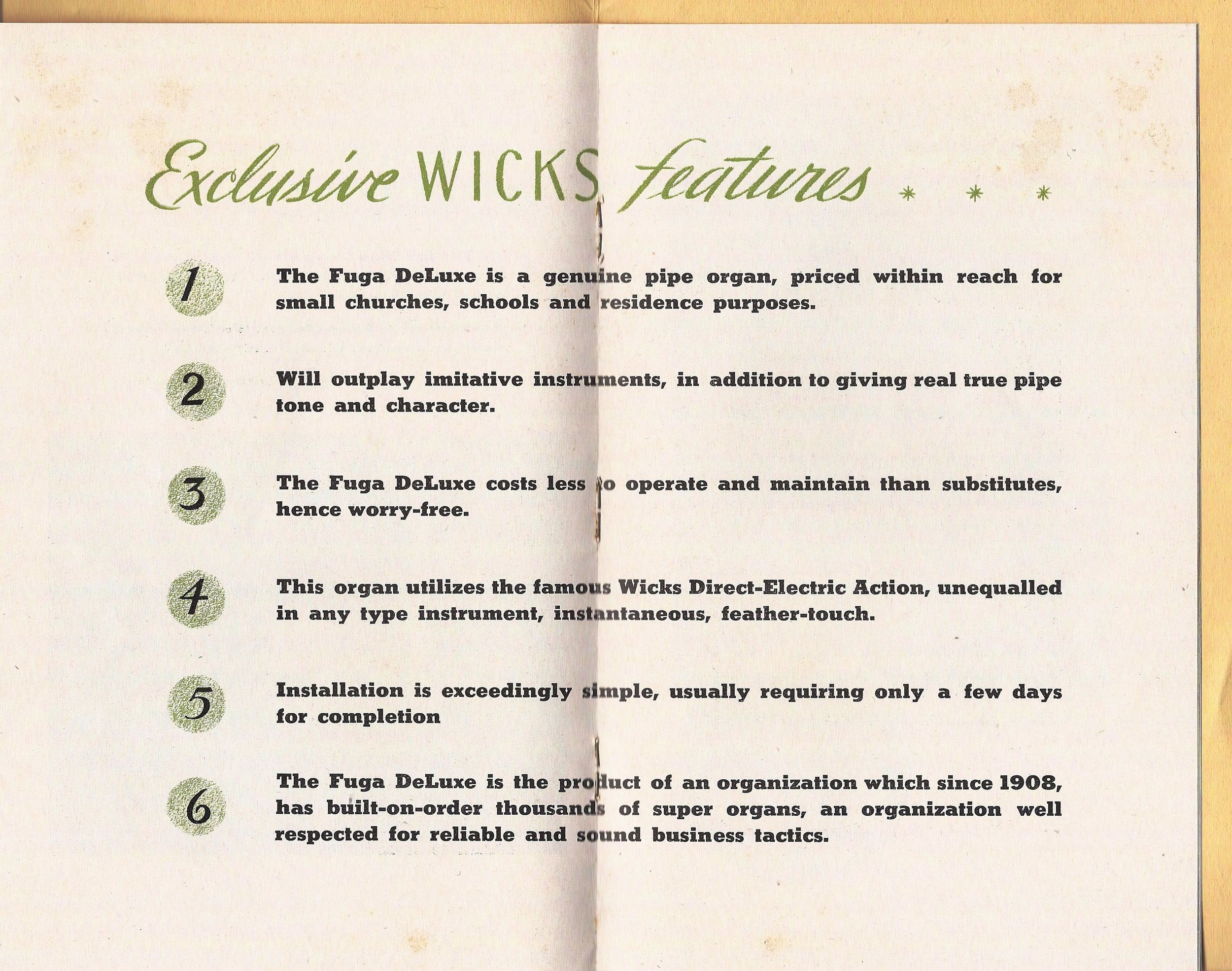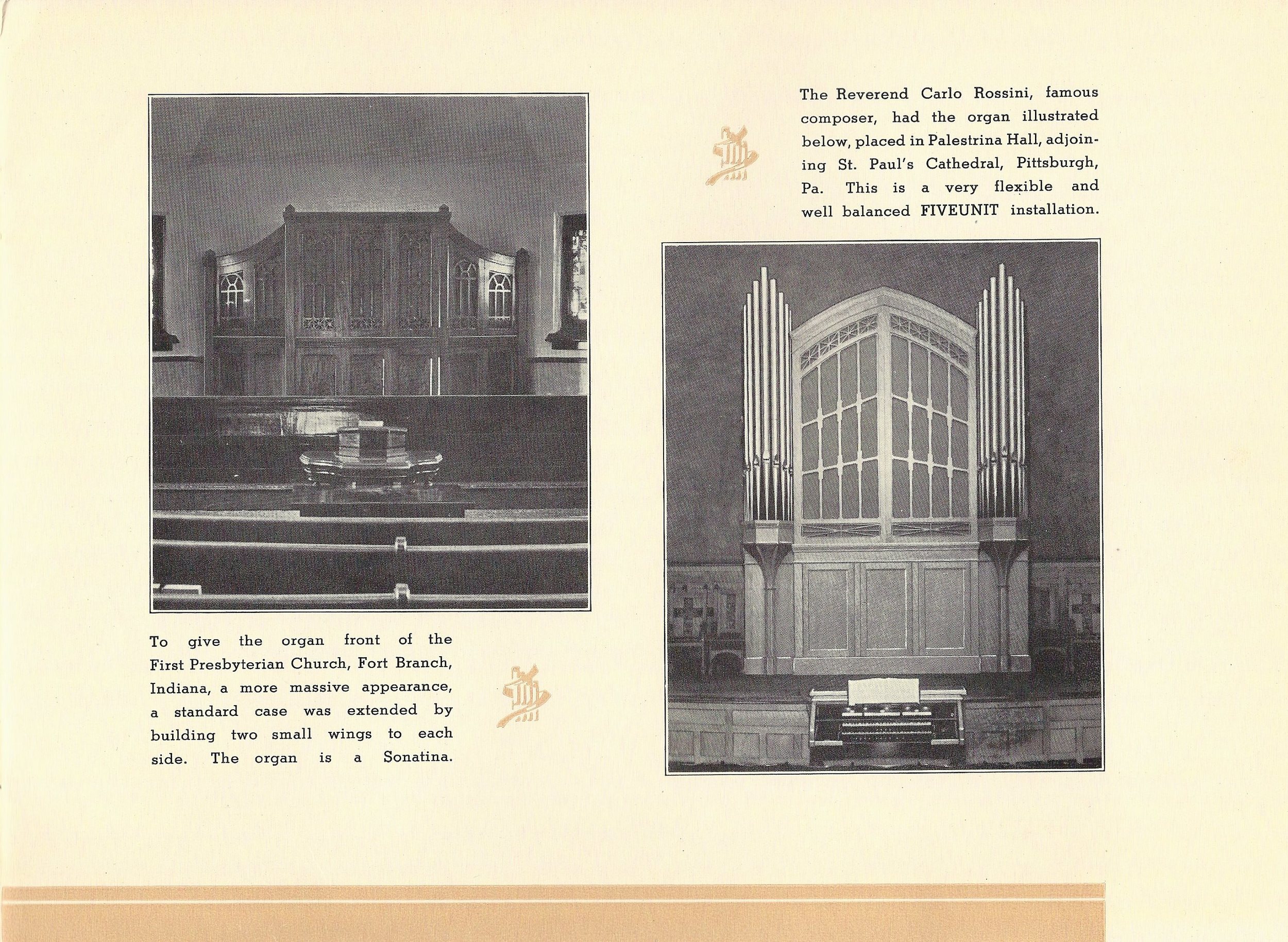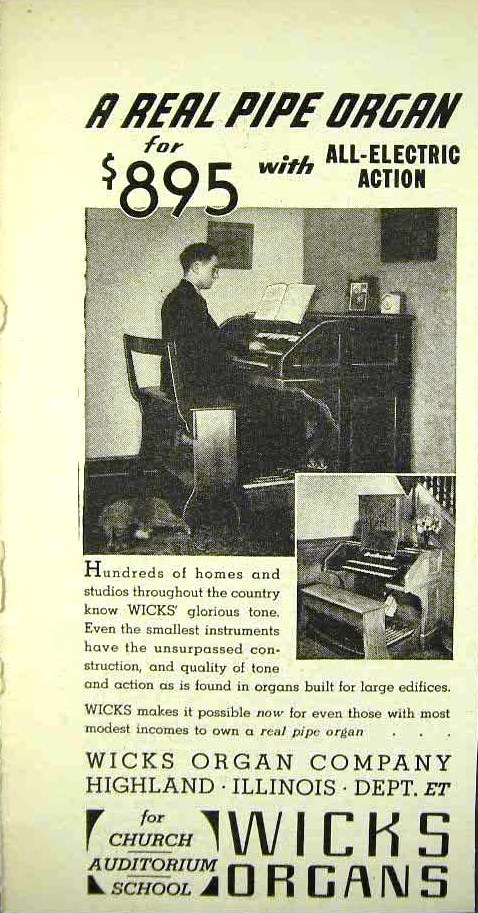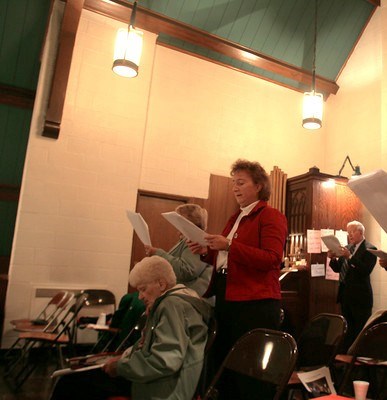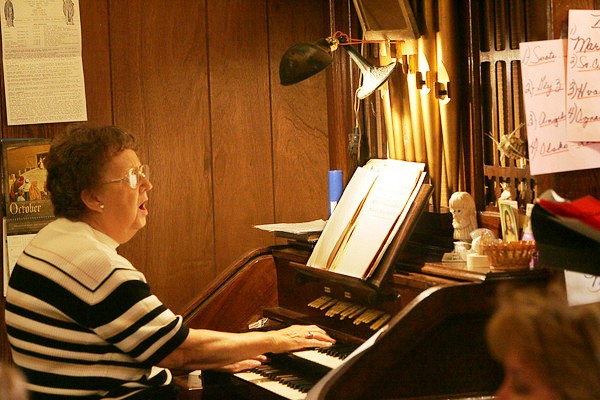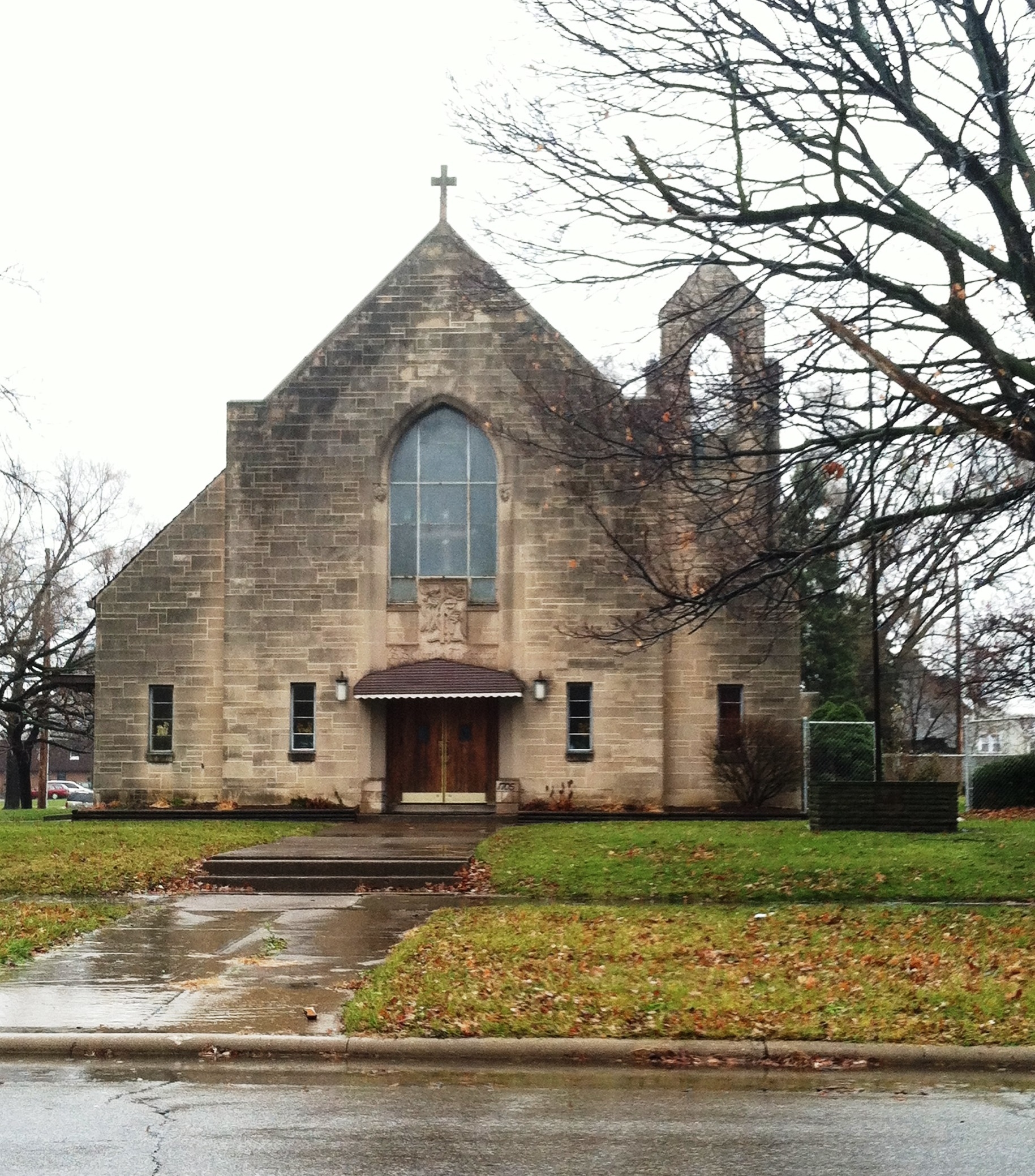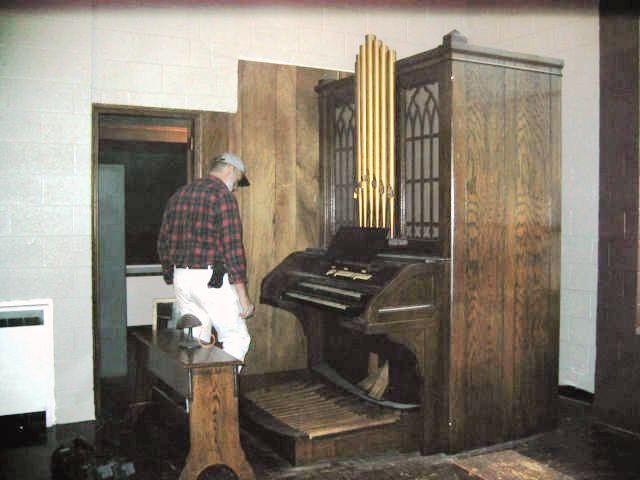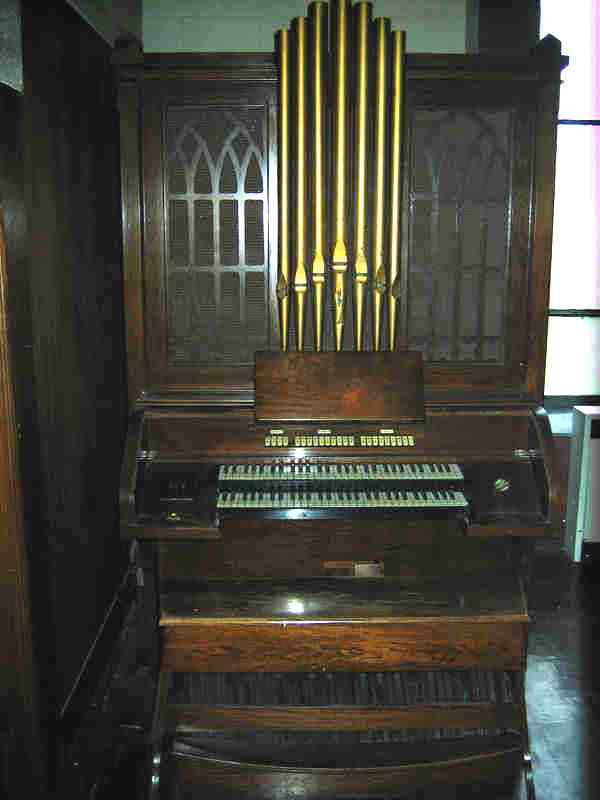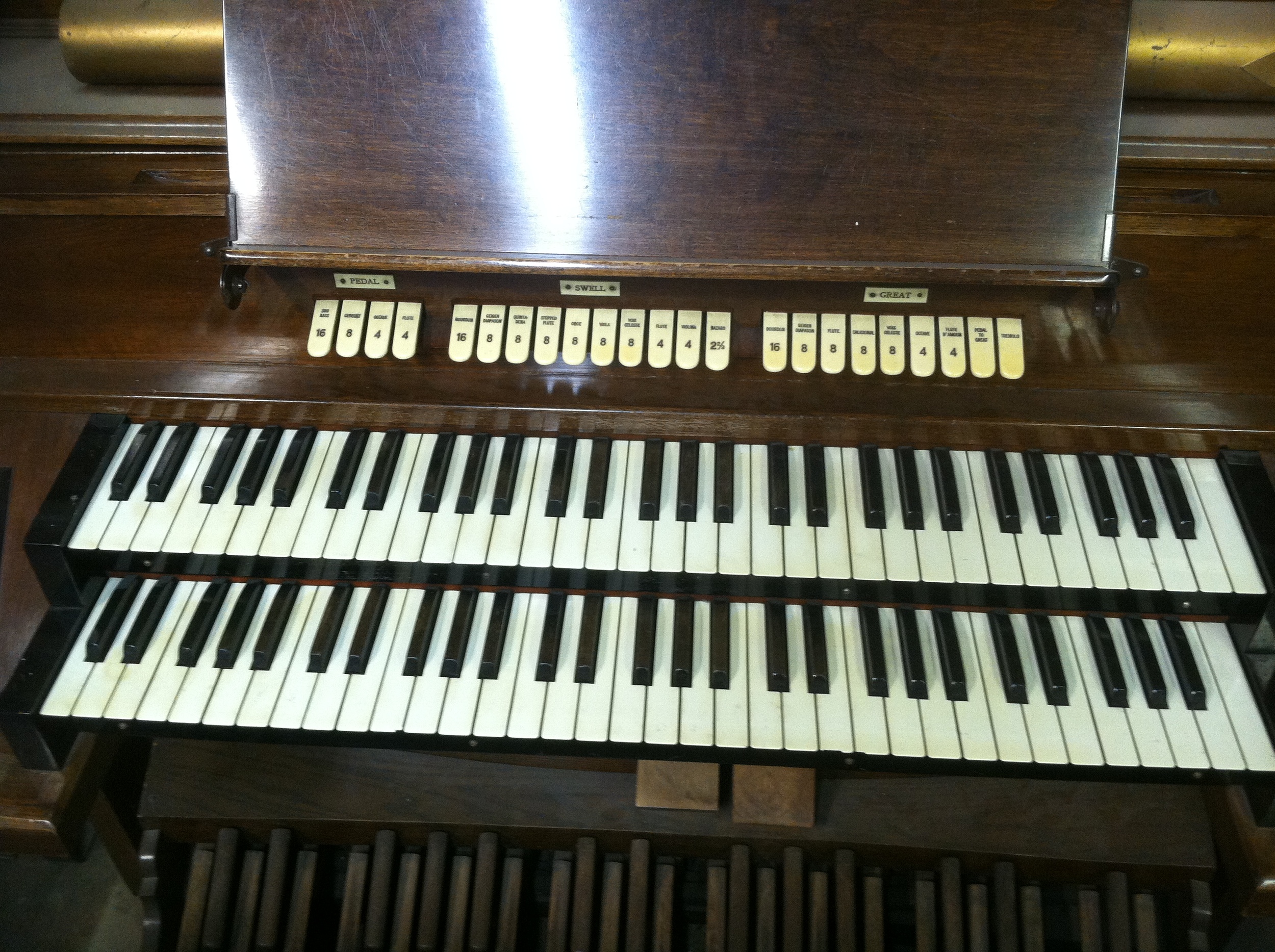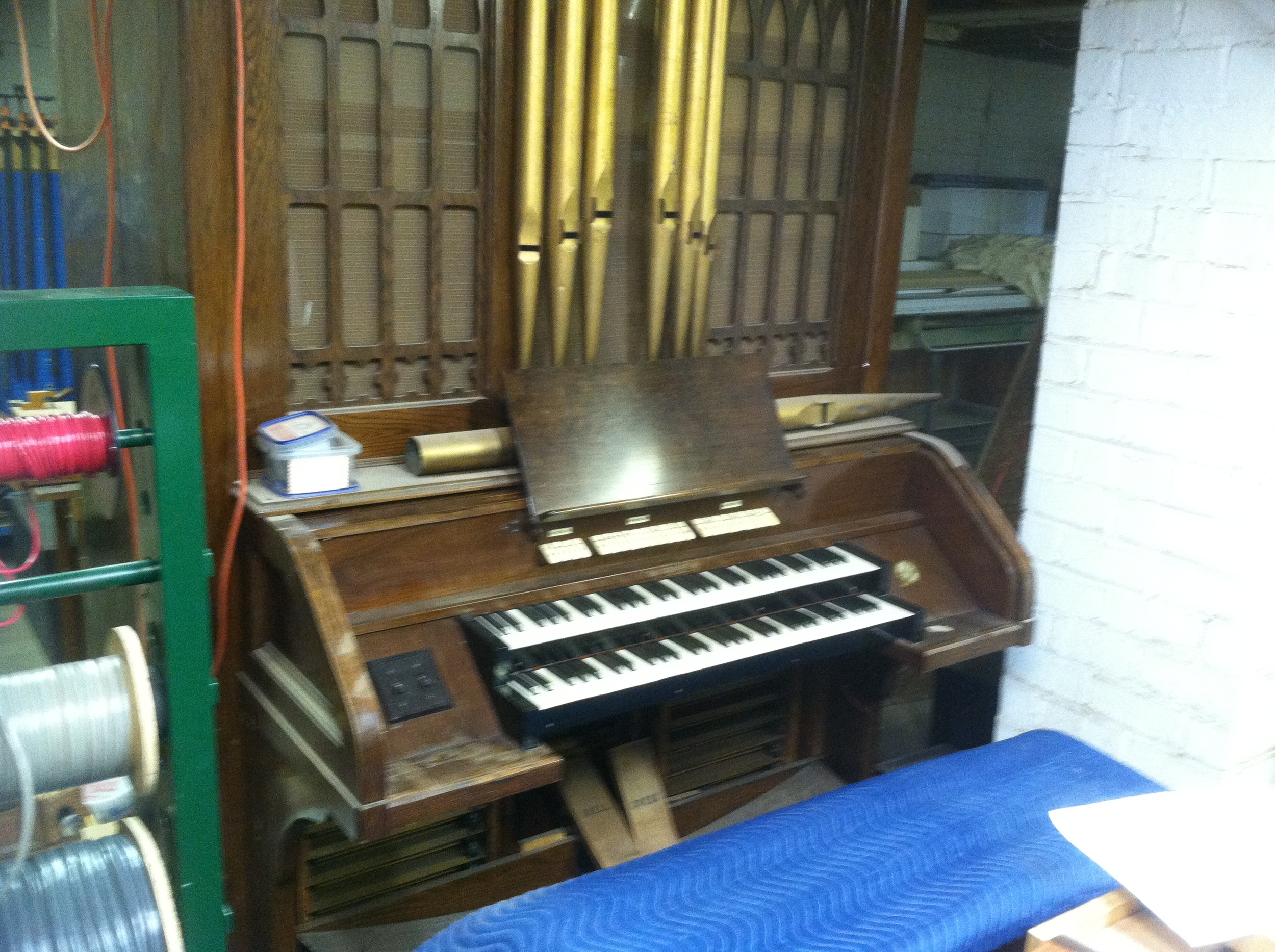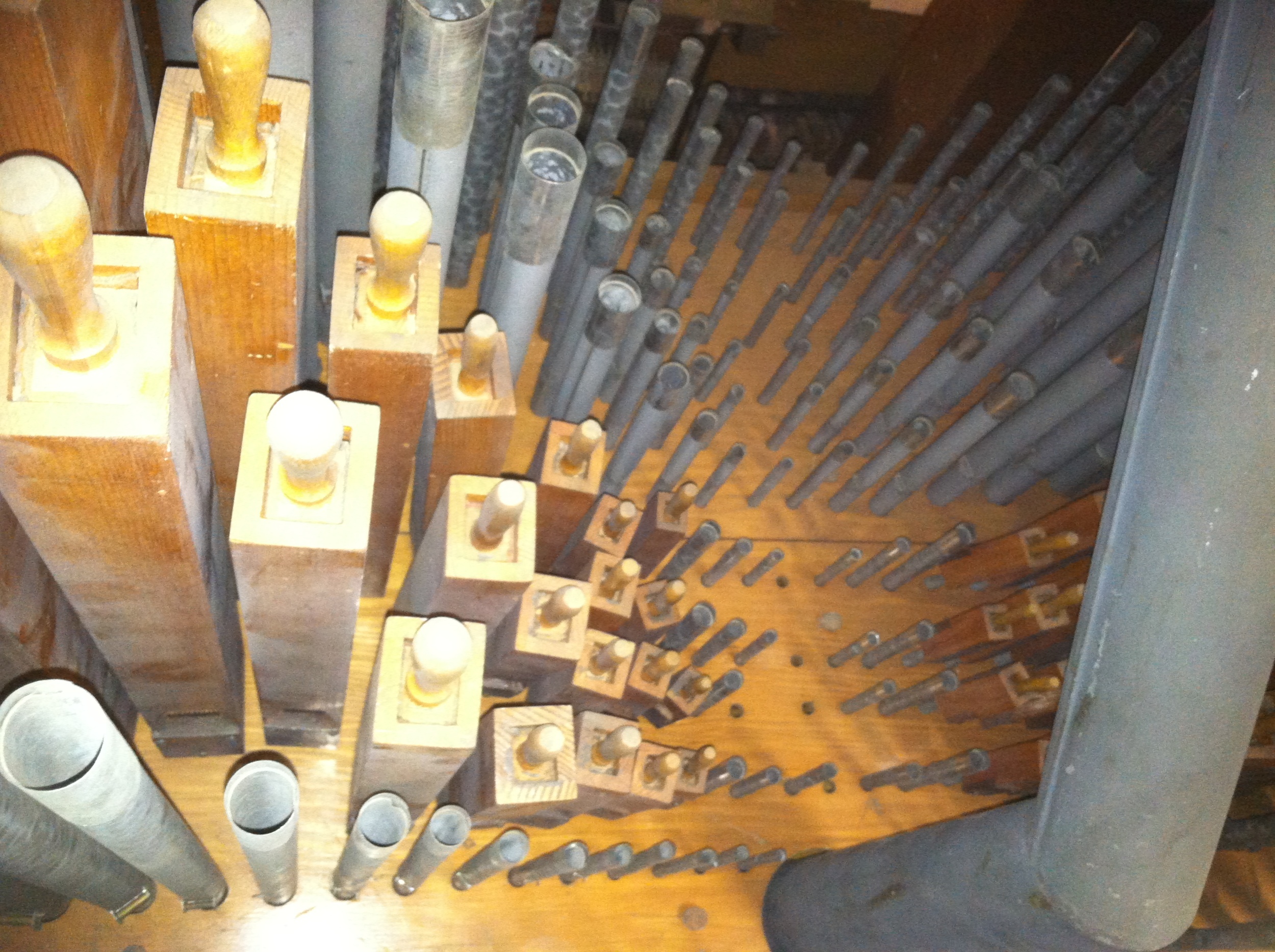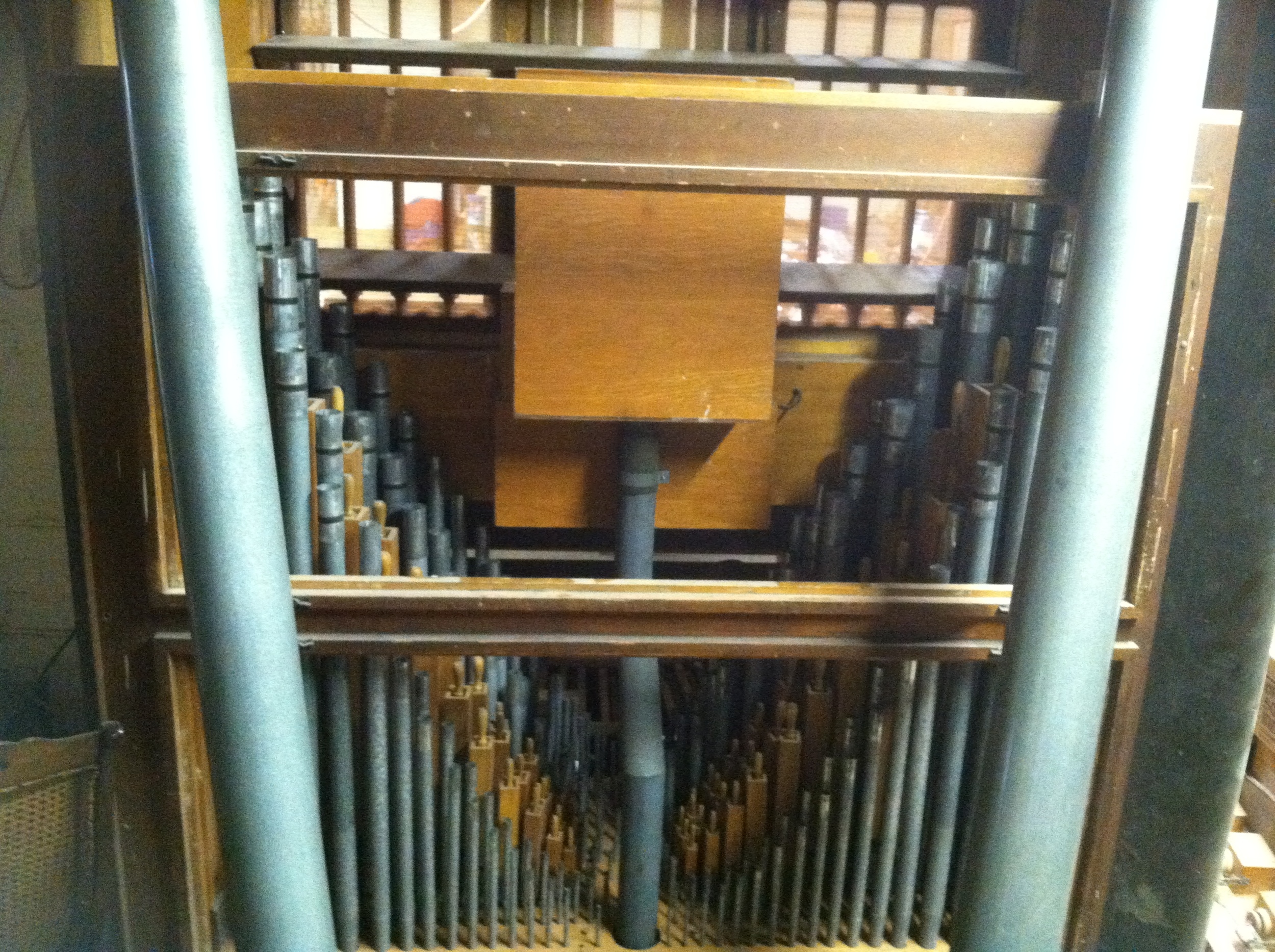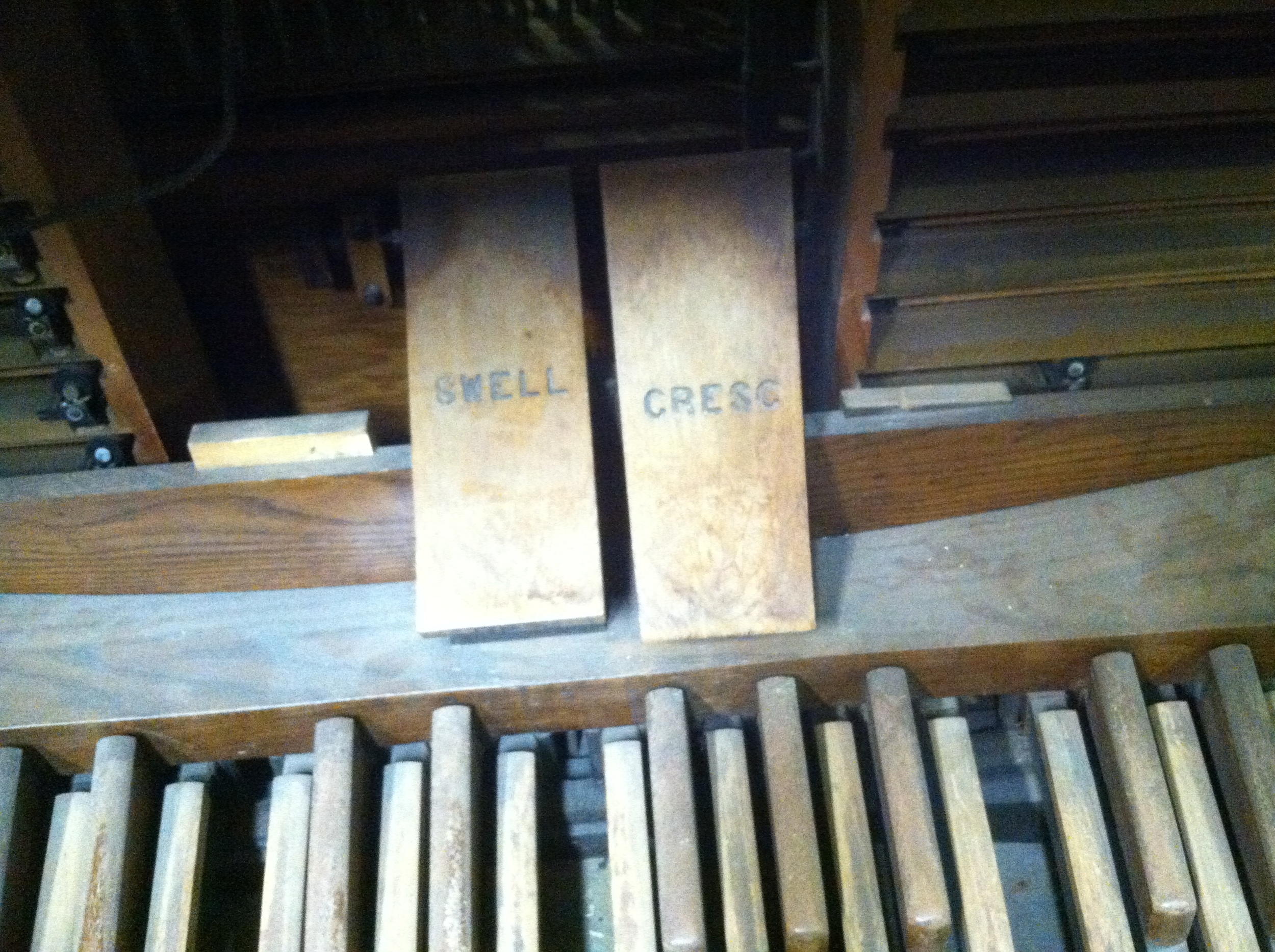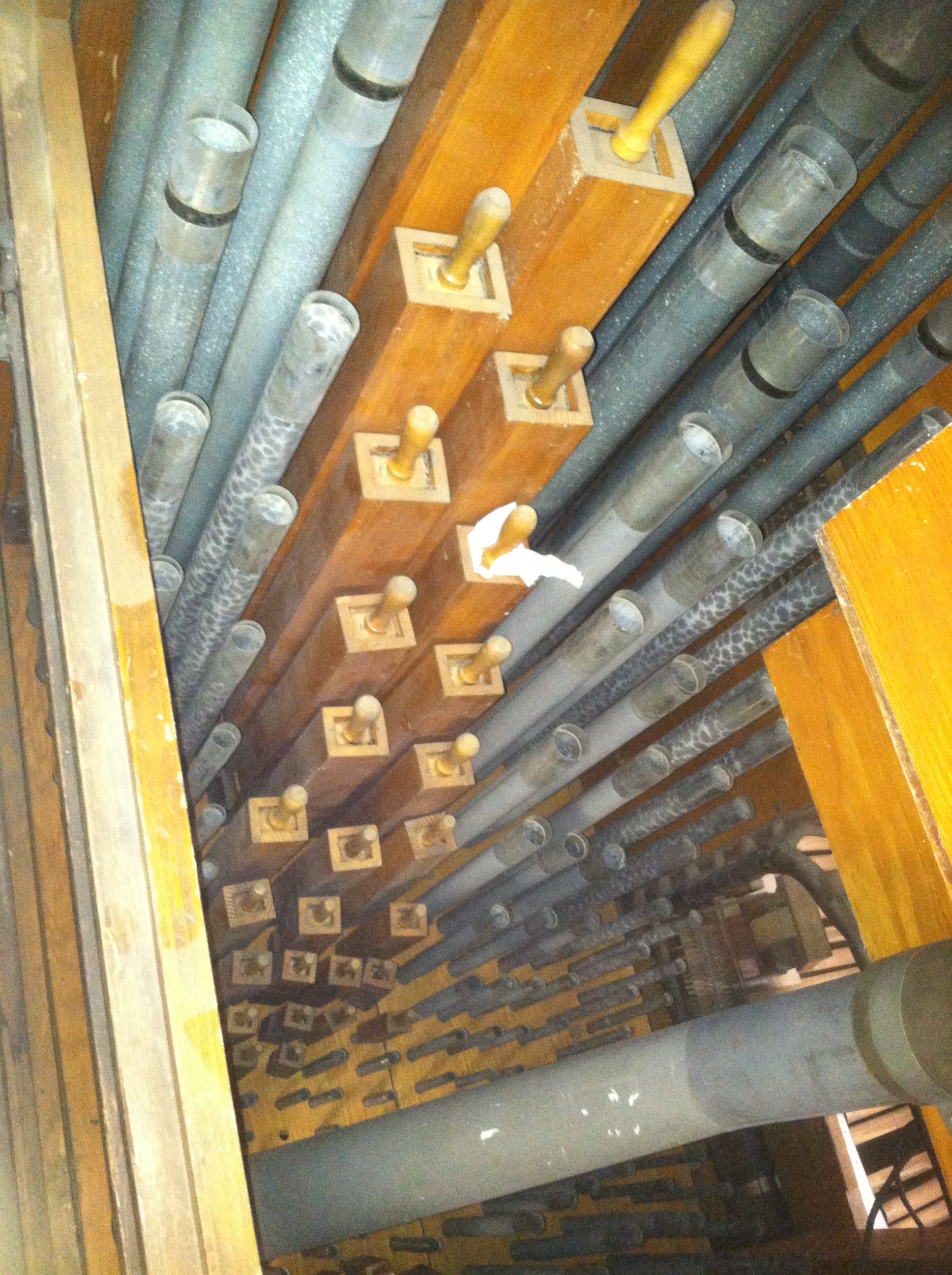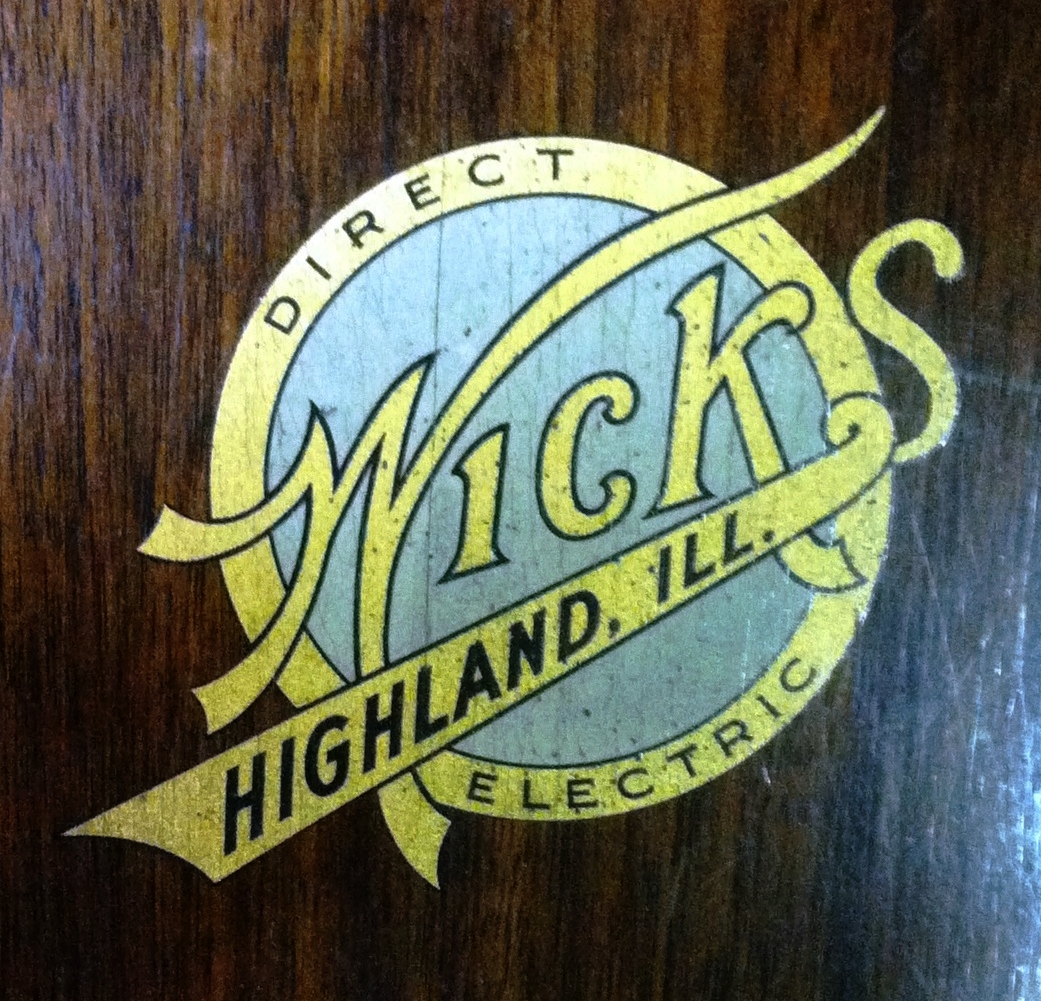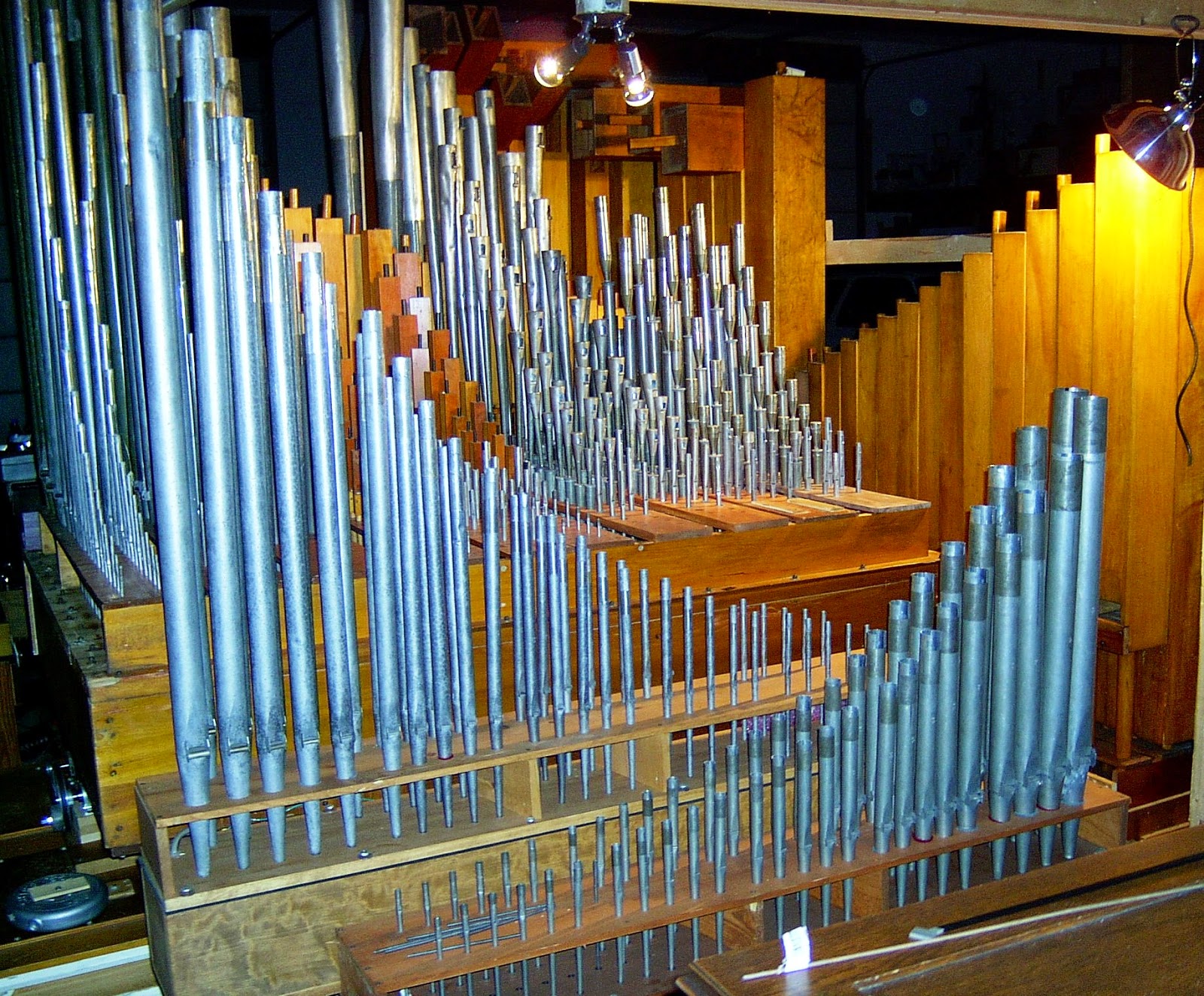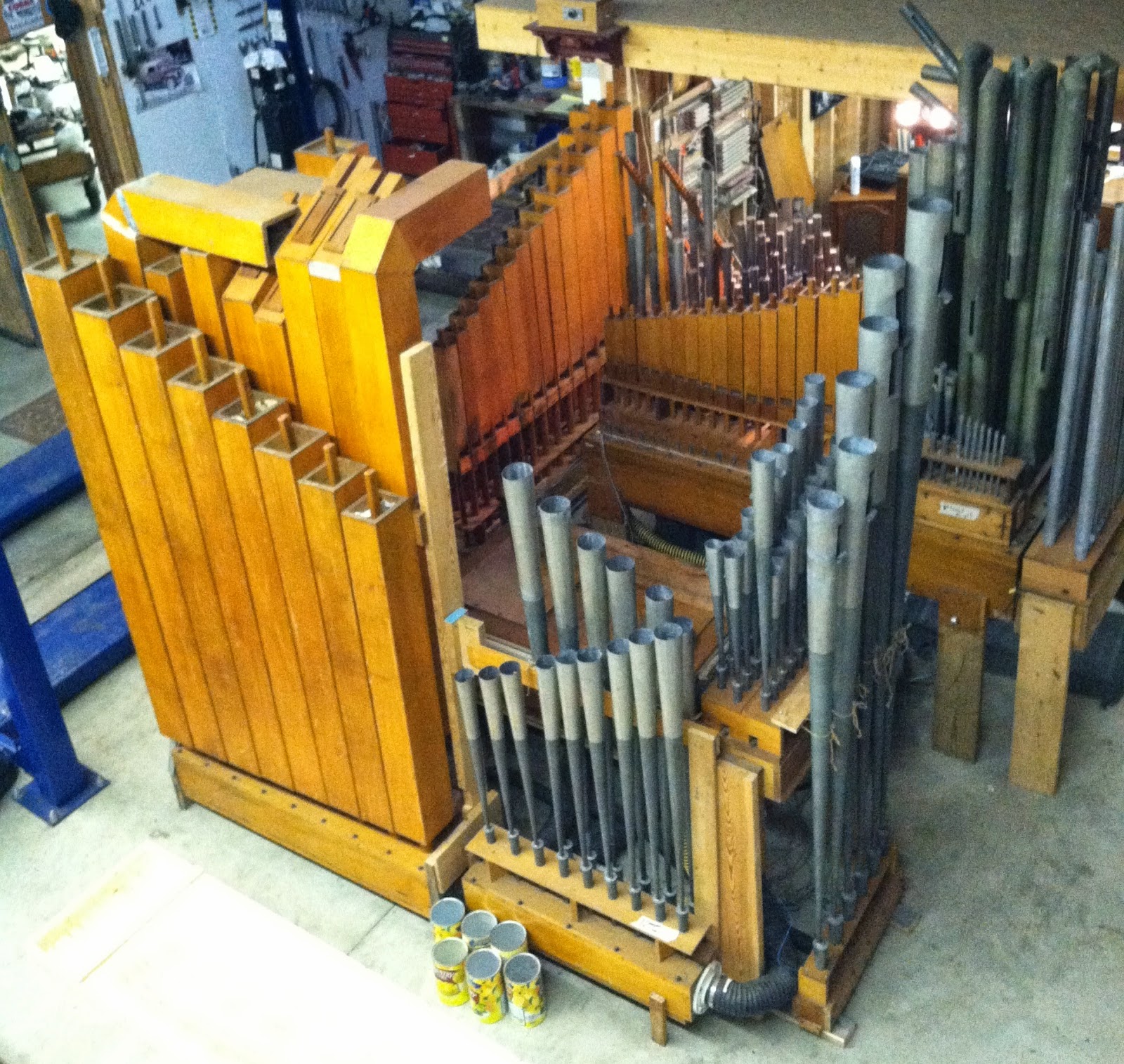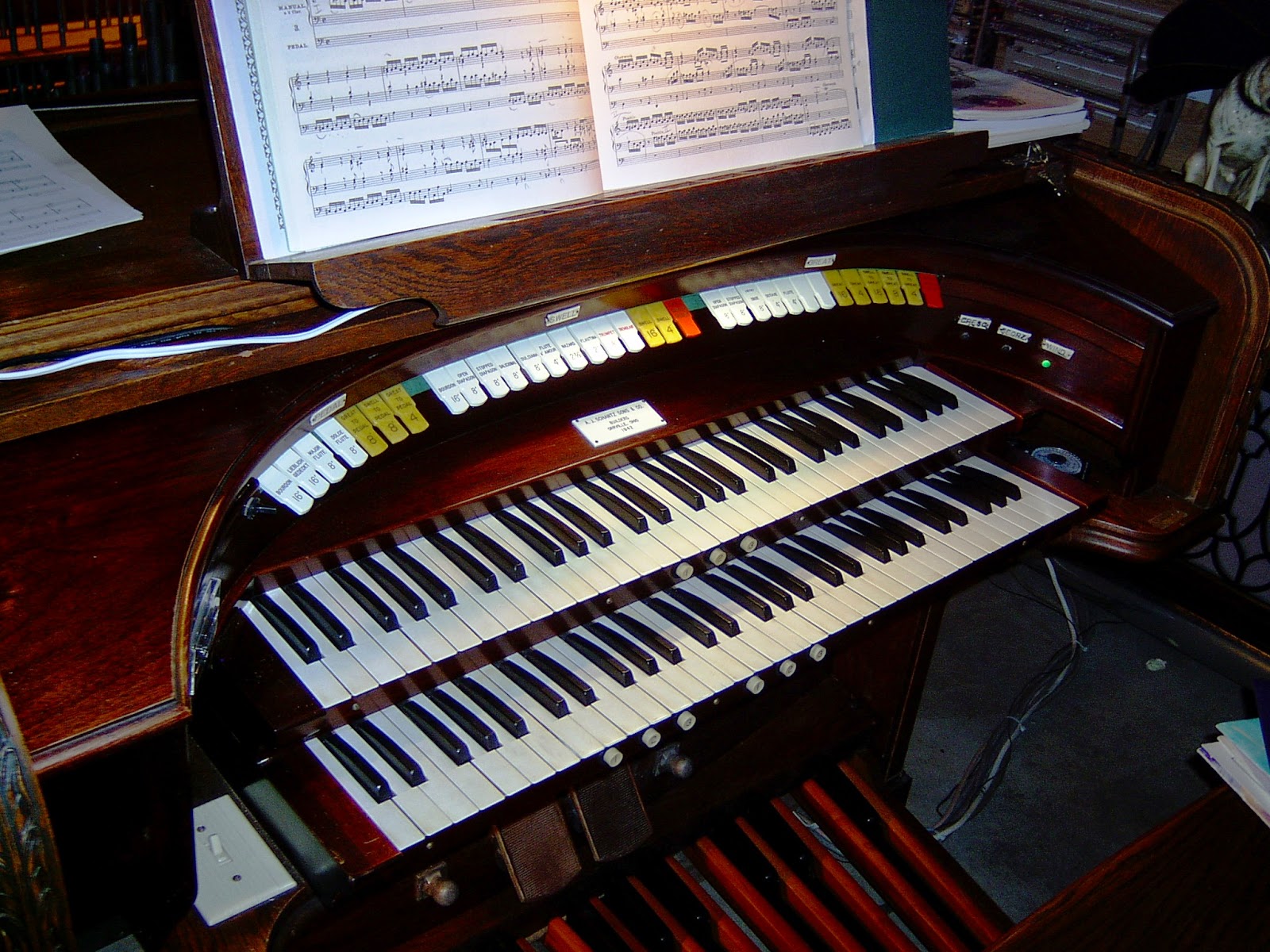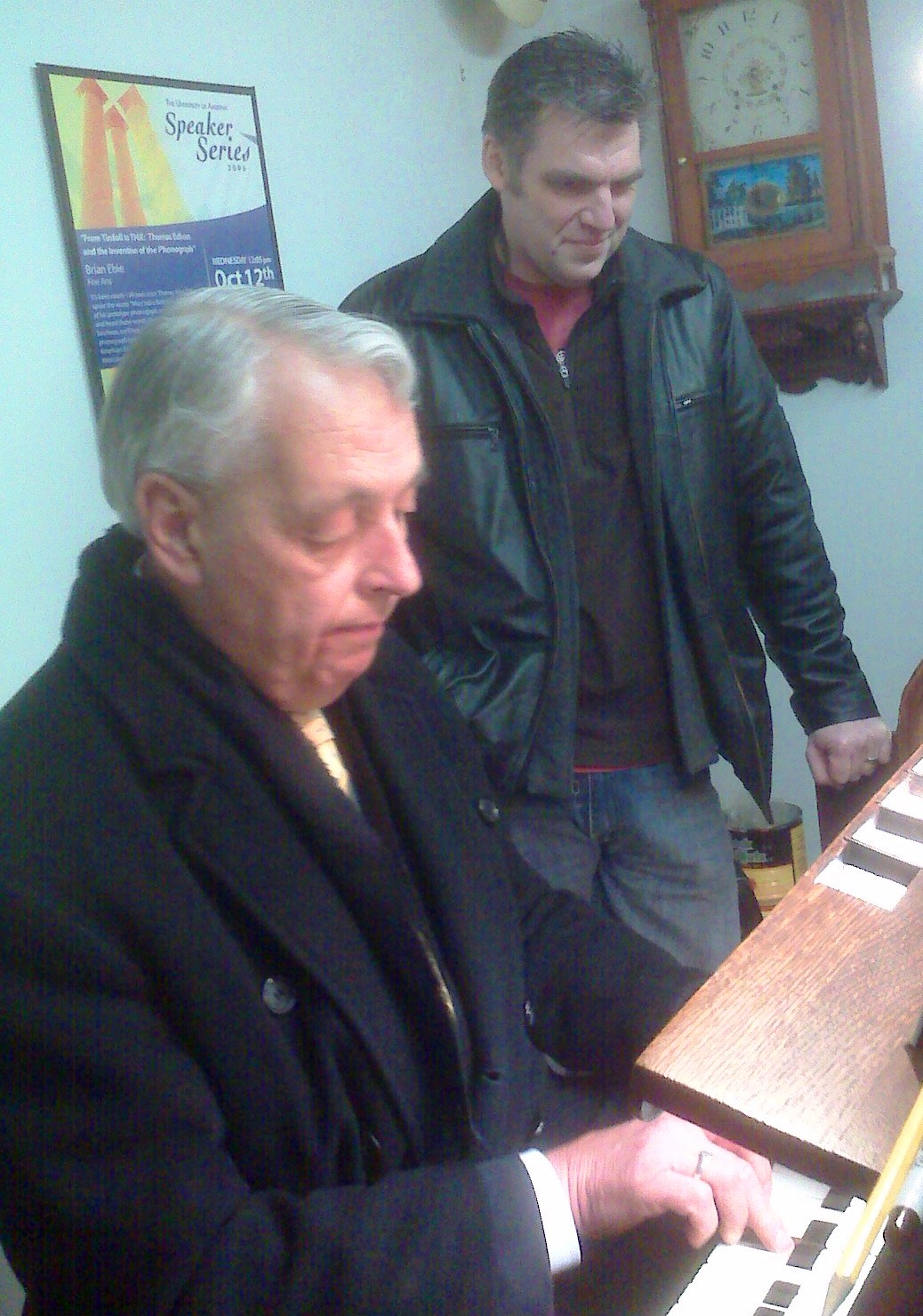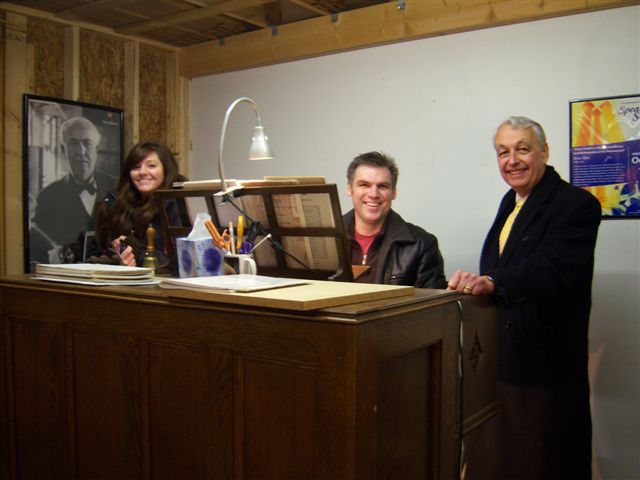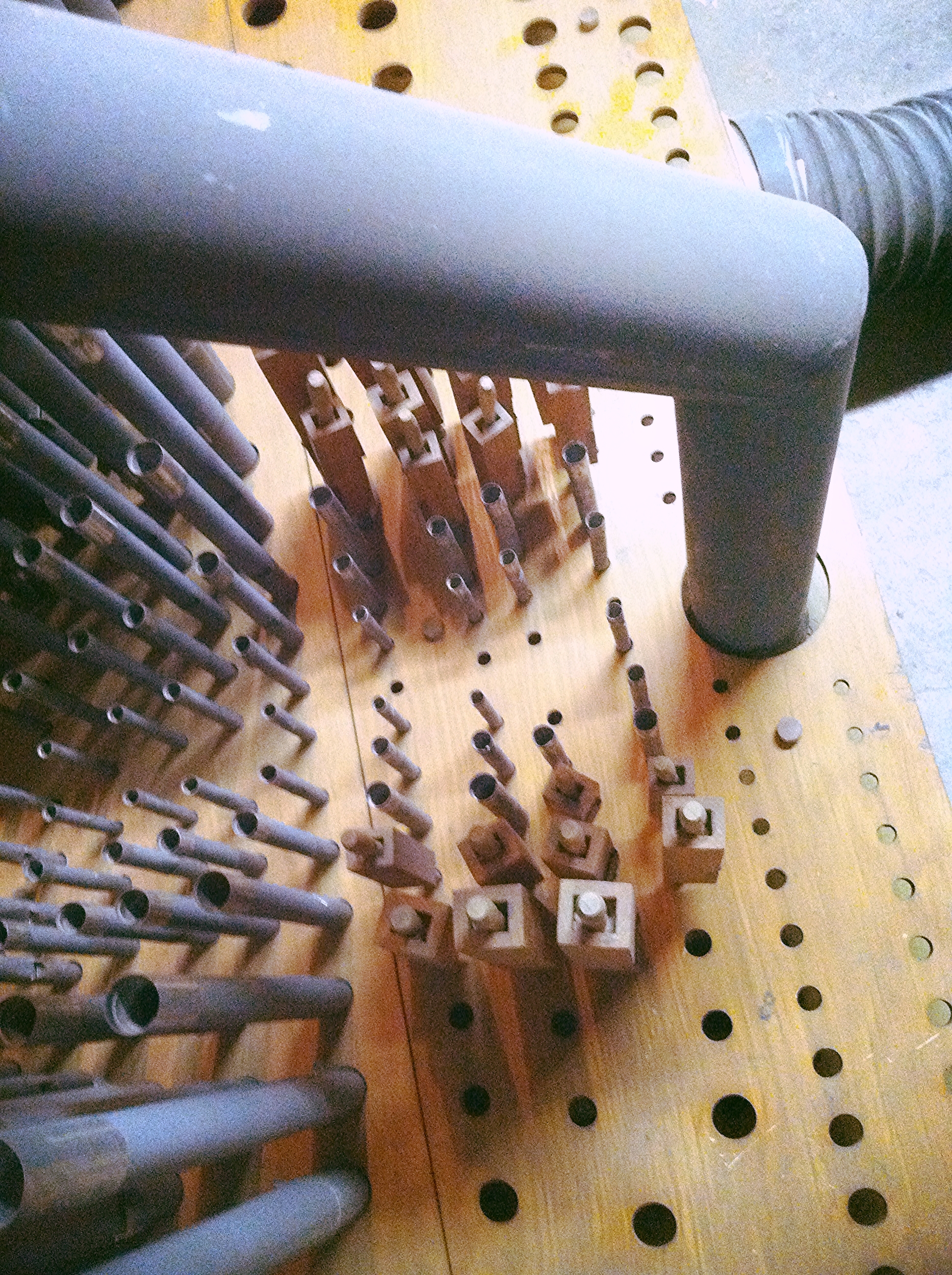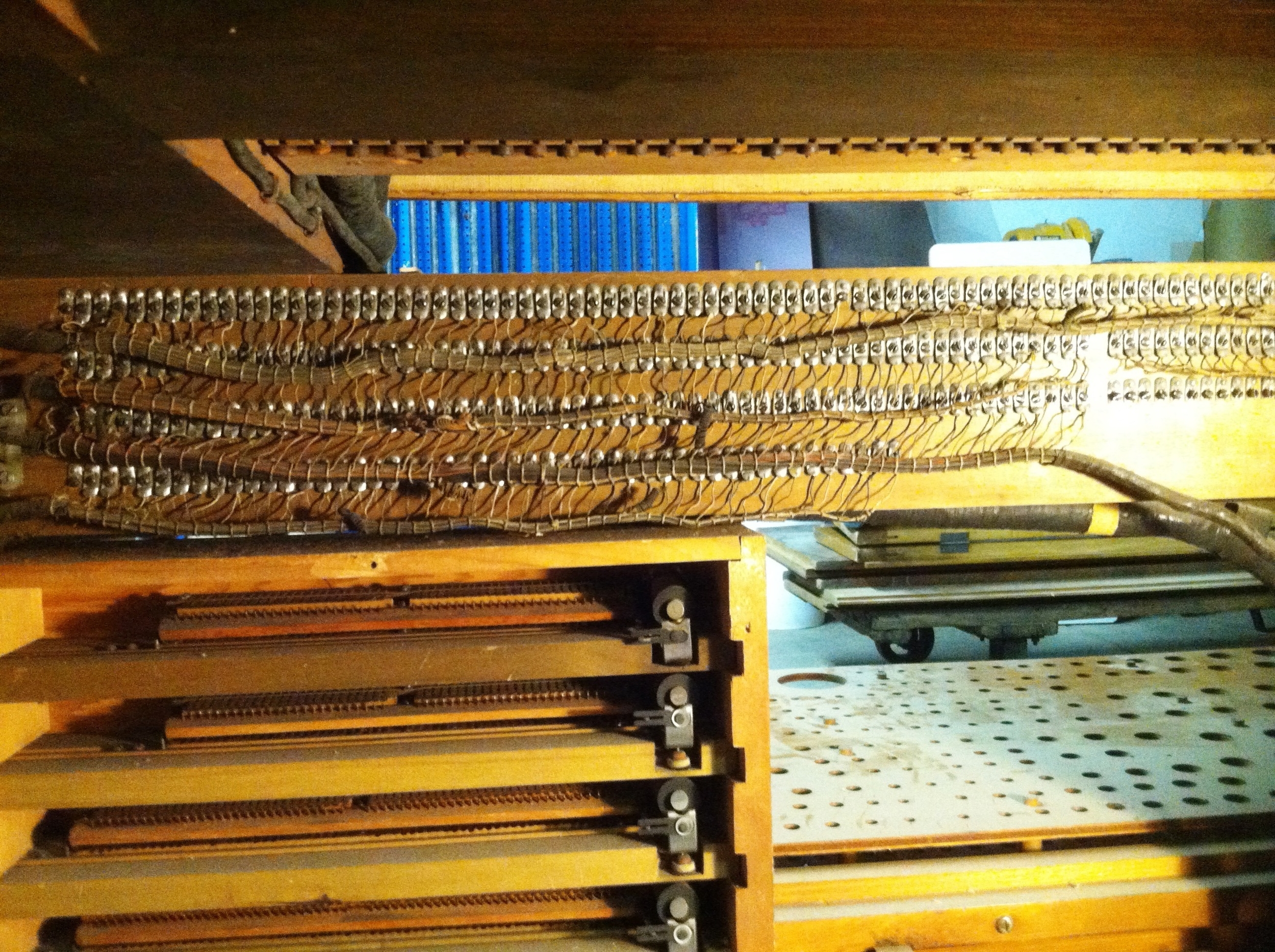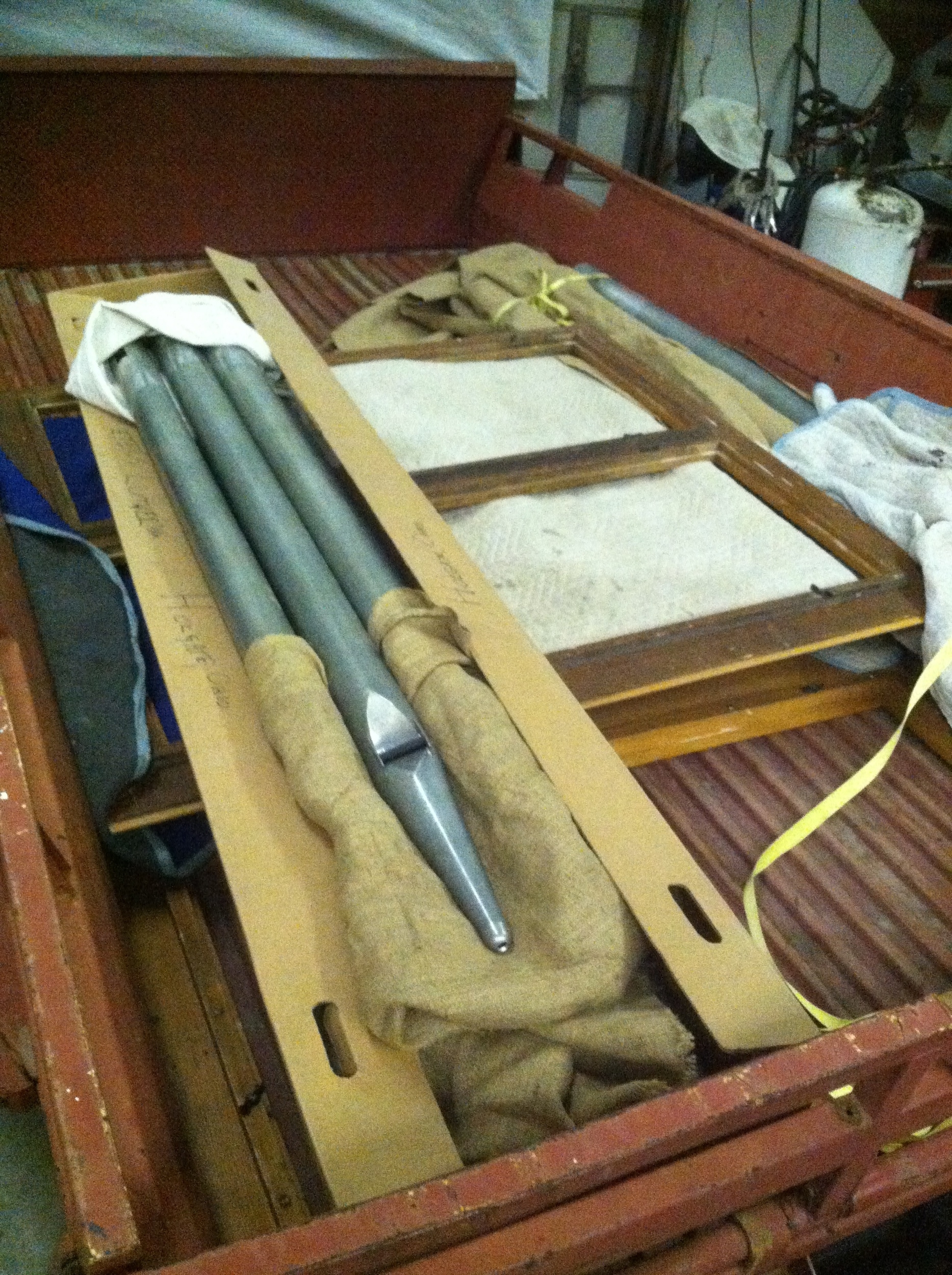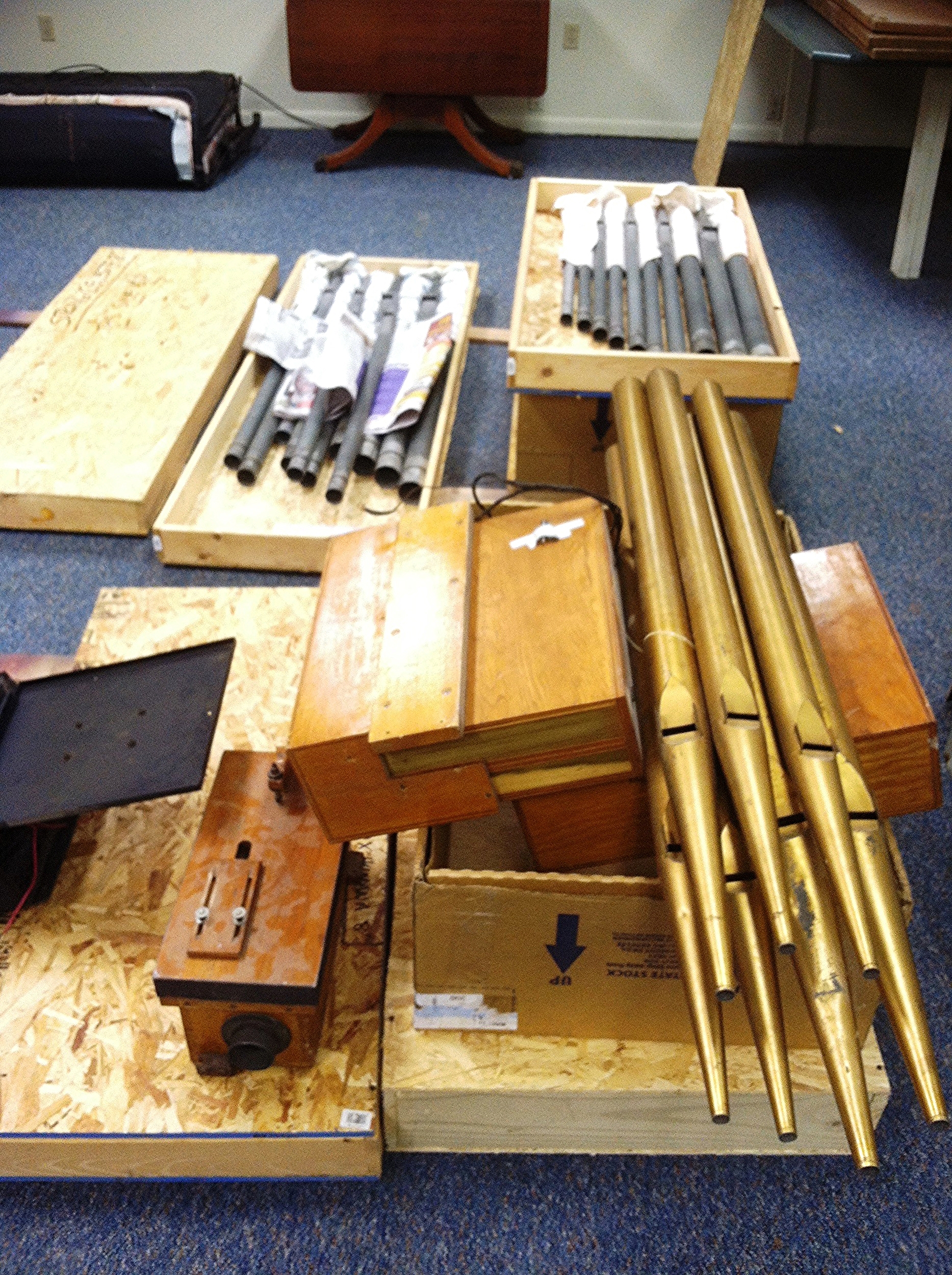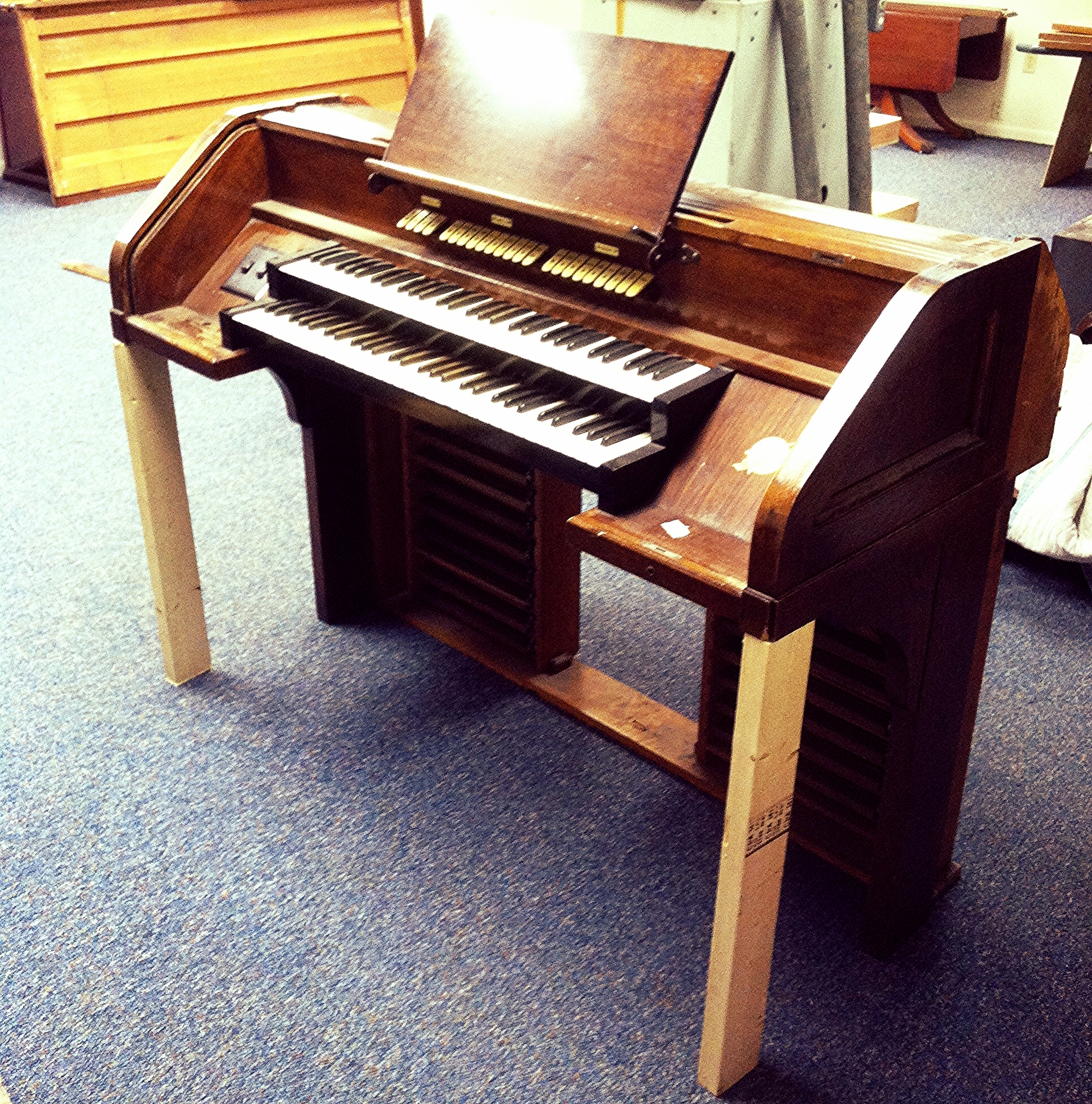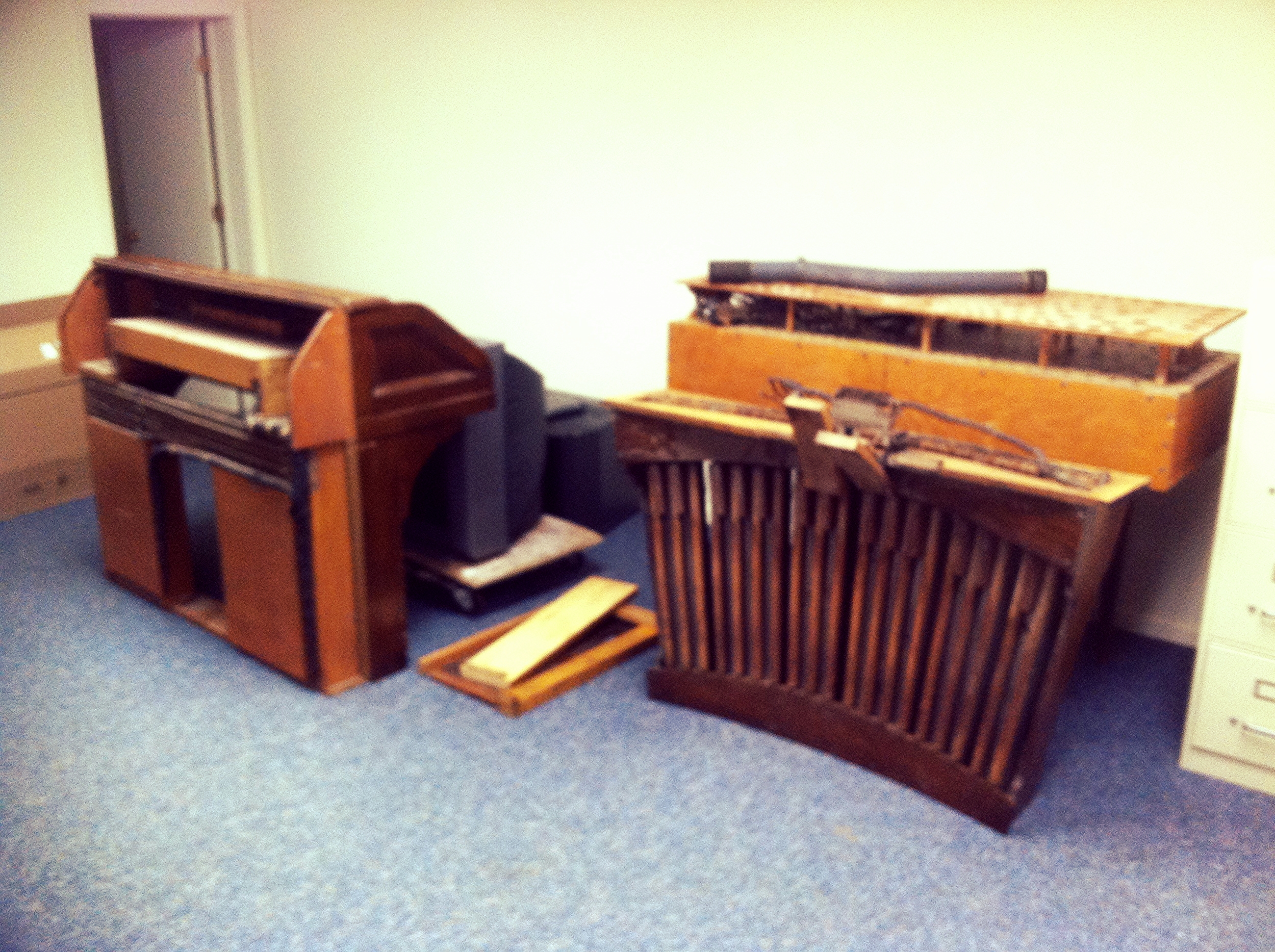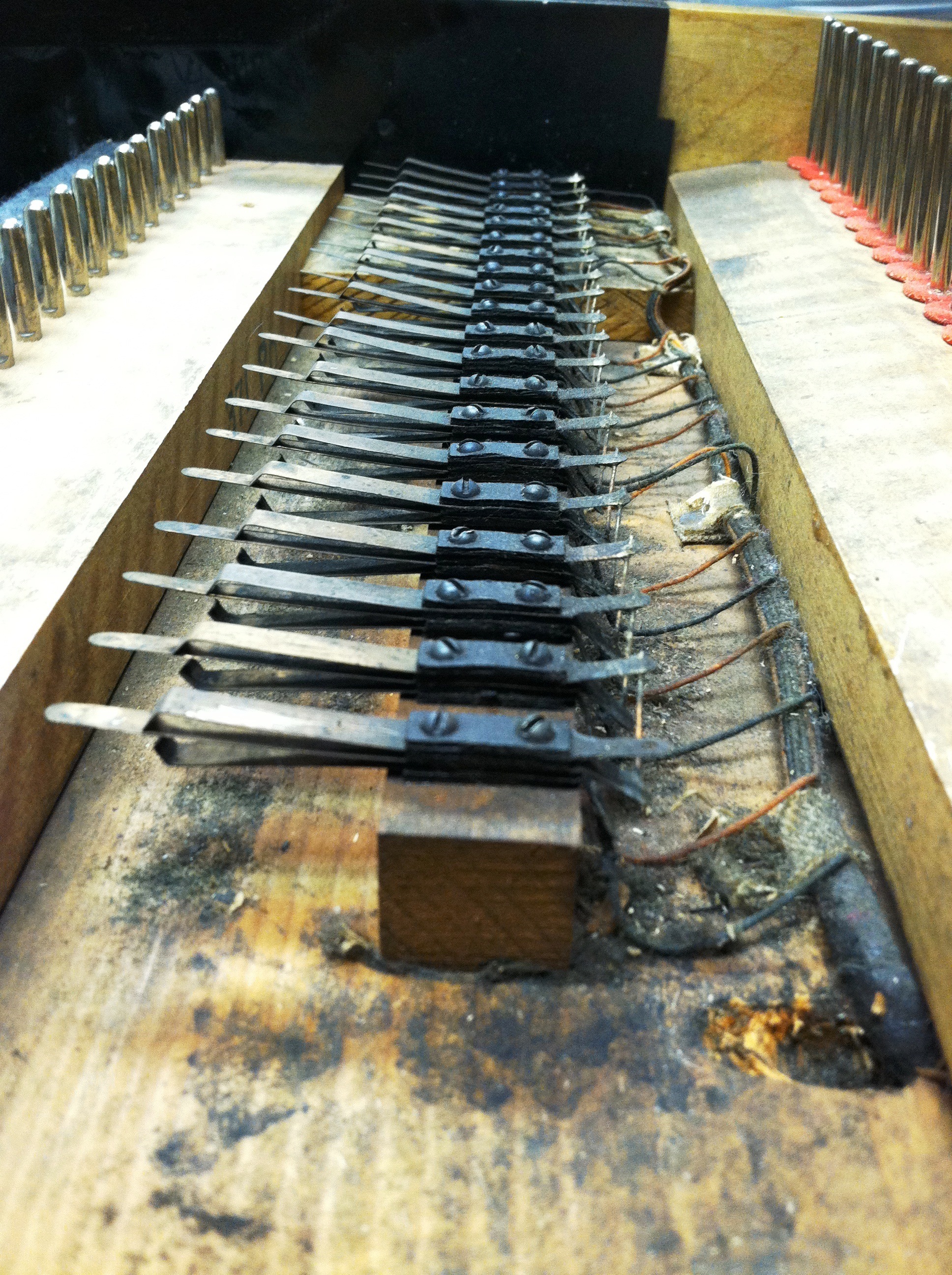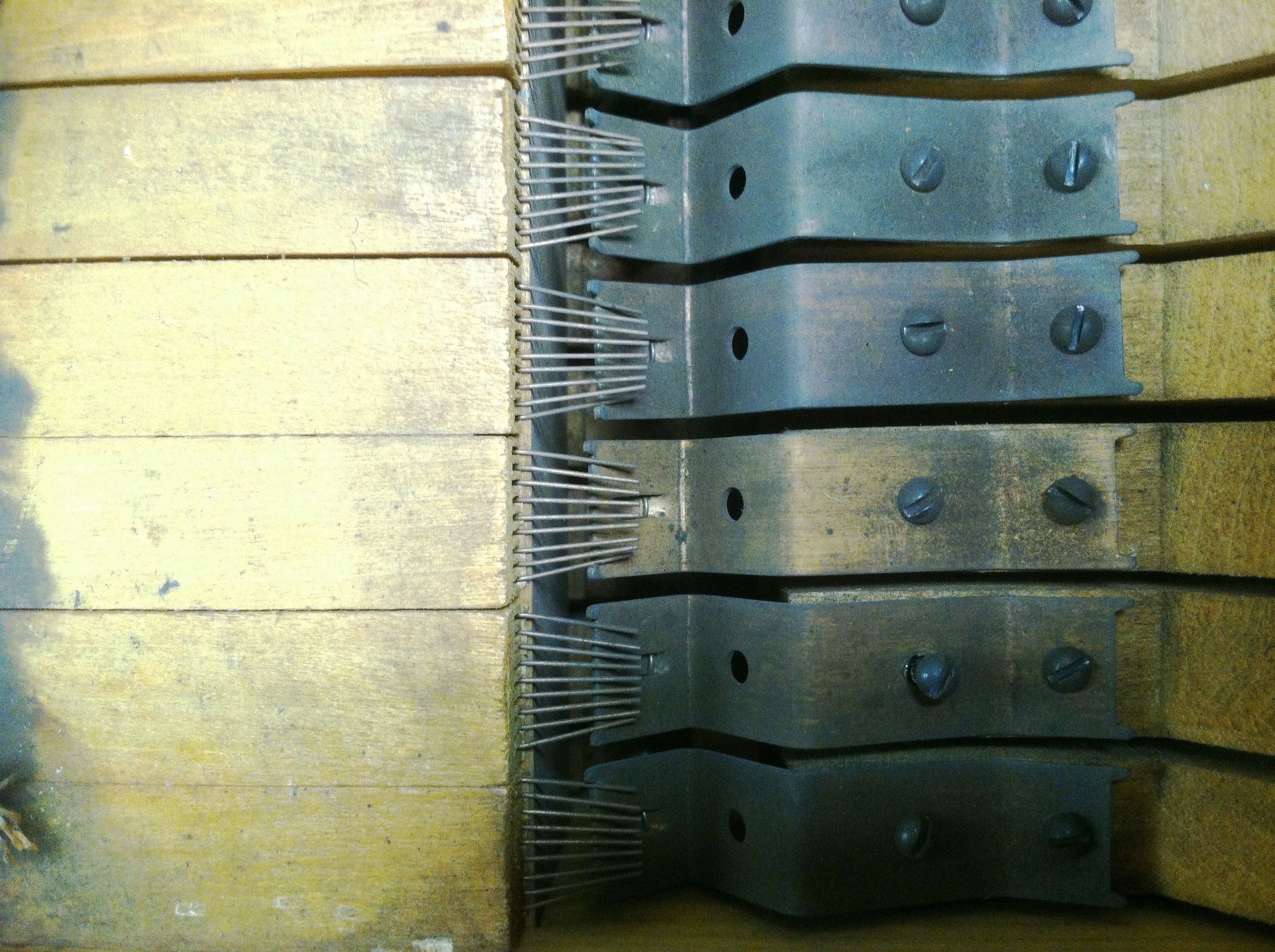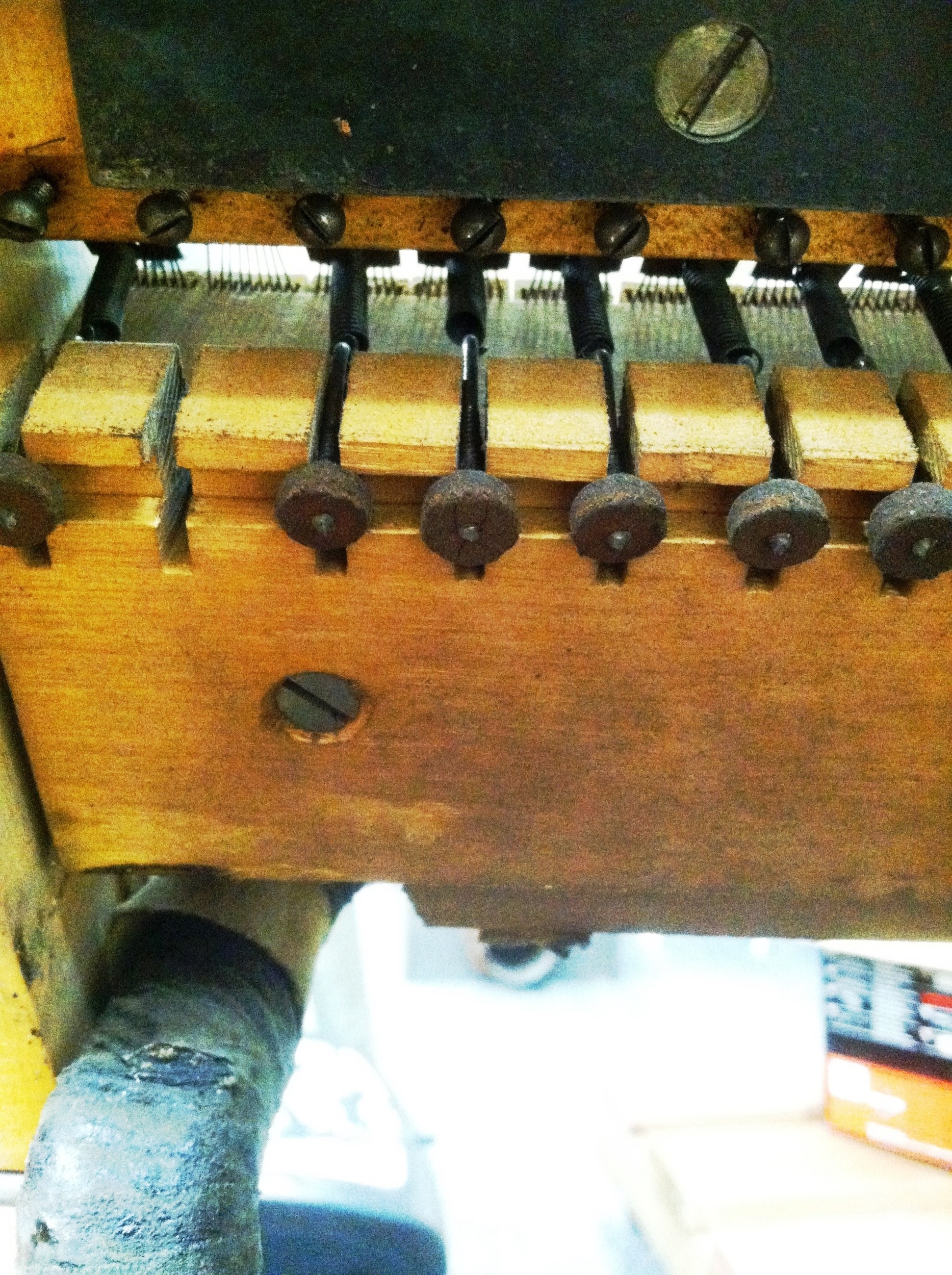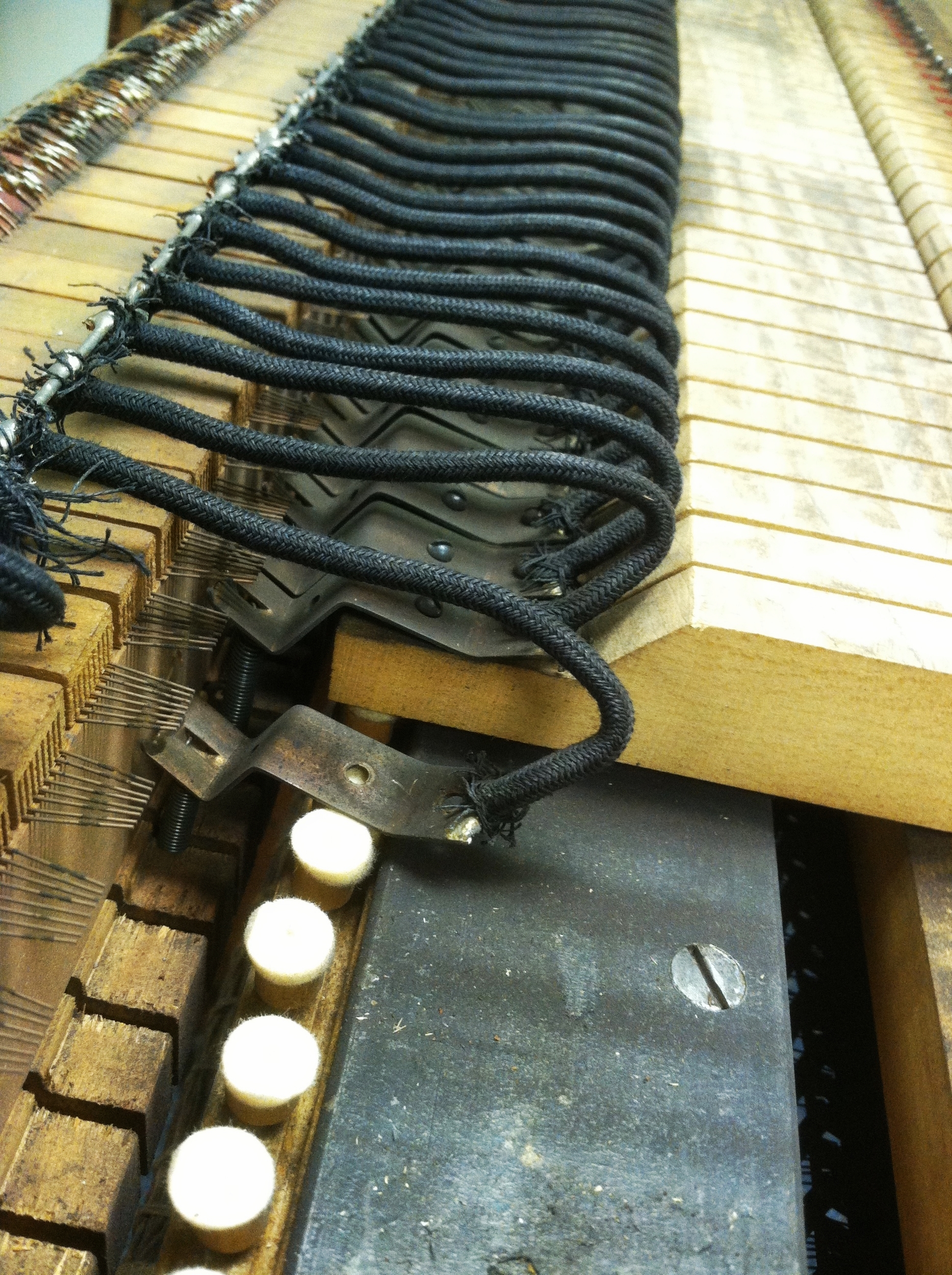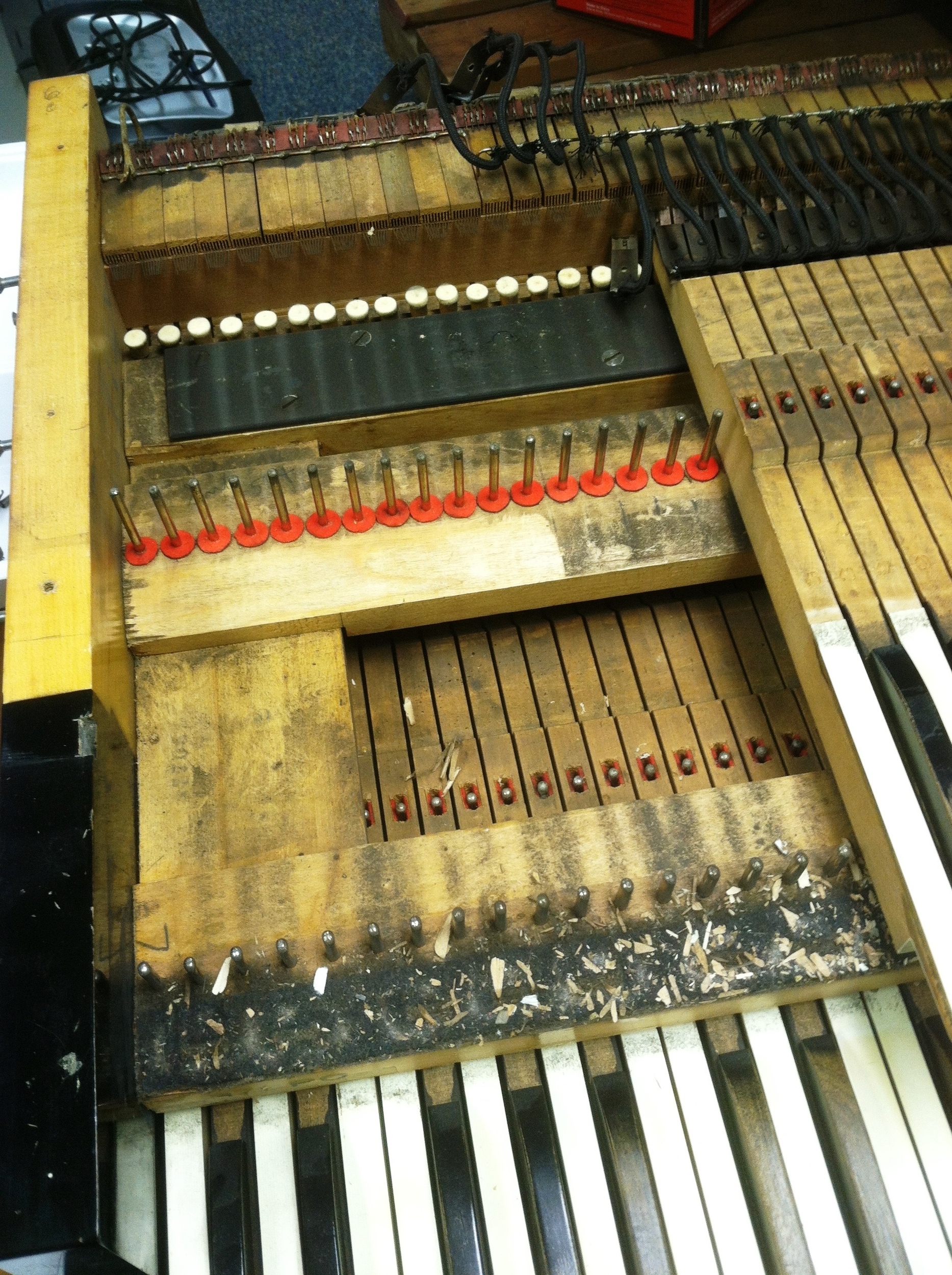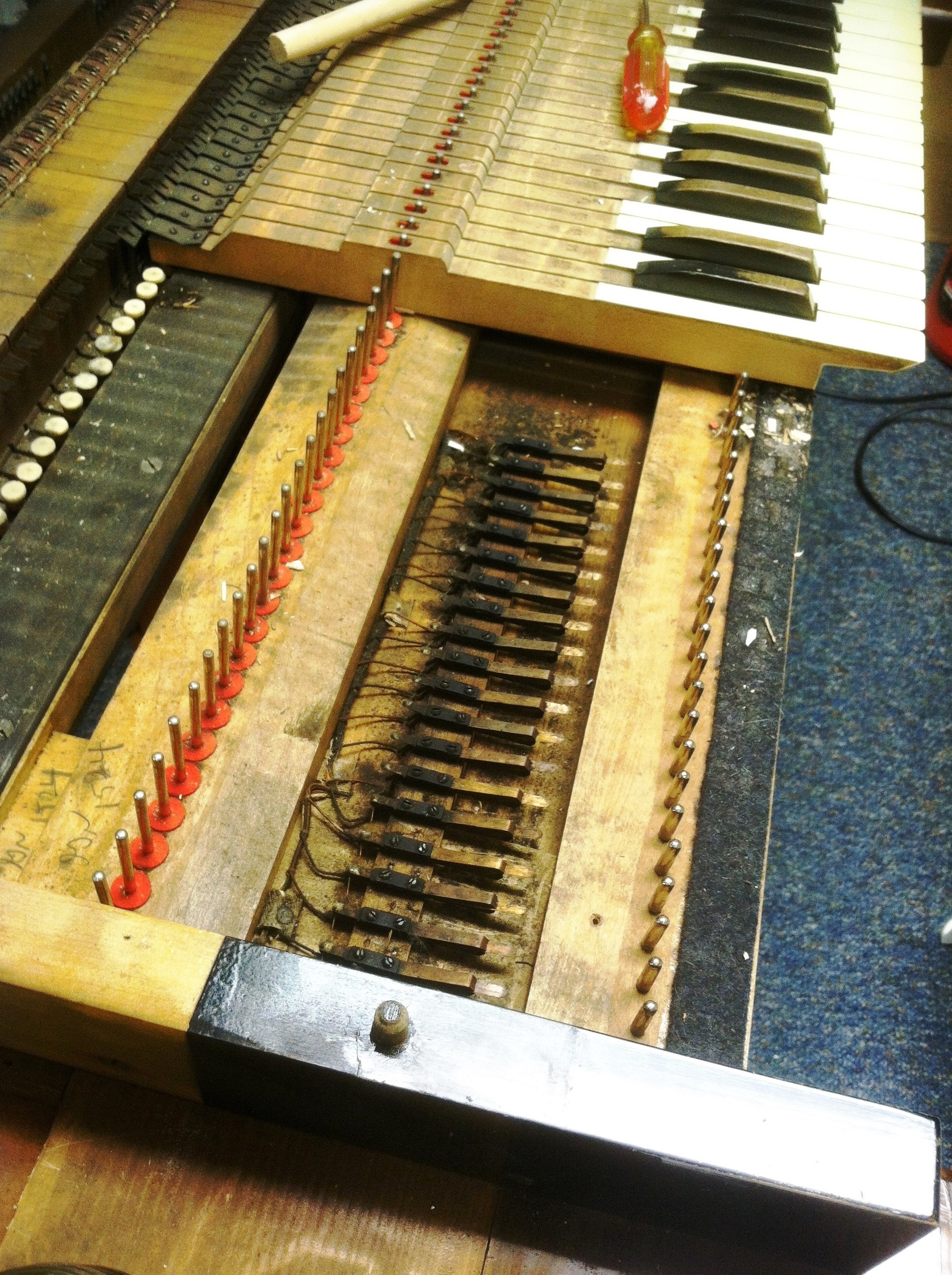THIS PAGE IS UNDER CONSTRUCTION
This is the story of a Wicks Fuga Pipe Organ, Opus 1524, built in 1936 and consisting of two manuals and pedal, four ranks, and case style number two.
Originally built for Saints Cyril and Methodious Catholic Church in Lorain, Ohio, it faithfully served parishioners for 73 years, sitting in the corner of the rear balcony, playing for at least four masses each week, and countless funerals and weddings.
The Wicks Organ Company of Highland, Illinois introduced a line of small pipe organs in the 1930's, some of them in self-contained cabinets, marketed towards schools, homes, churches, and funeral homes. There were various models of these unique instruments, including the Sonatina, Aristocrat, Fuga, Fuga Deluxe, and Rhapsody. Some models were as small as an upright piano case with an attached console, while others were a chambered instrument with detached console. Instruments varied in size from two to six ranks, and through the use of unification, made full use of their tonal resources. Several models utilized Wicks' unique use of 16' free reeds to accomplish the 16' pedal stop rather than taking up space for regular 16' pedal bourdons. Many models could be purchased for less than $1000.00 USD.
In 2009, Bishop Richard Lennon of the Cleveland, Ohio Diocese announced the closing of 52 churches throughout northern Ohio based on dwindling church attendance, lower revenues, and too few priests. Ss. Cyril and Methodious Slovenian Catholic Church at 1709 E. 31st Street in Lorain was one of the churches slated to close. On Sunday, October 4, 2009, some 104 years after it's founding, the church celebrated its last mass. The building closed, the grounds and contents were put up for sale, and our journey begins shortly thereafter.
Jon and Greg Lester, Wicks Organ Company service technicians, were able to acquire the organ and remove it from the empty building in 2011. When I found out they had this organ, I arranged to meet them on a rainy summer afternoon and played it for about 15 minutes where it was set up in their shop. I immediately fell in love with the instrument and brought my wife over to see it a few days later. She loved it too and I purchased the organ from them in 2012 and set about the process of readying it to go into our home.
For over 20 years I owned a Schantz Pipe Organ that I removed from a church in Barberton, Ohio in 1992 and had restored and enlarged. It was a great instrument and versatile in it's disposition. Not much literature existed that I couldn't play on that organ. But it was too big to be in our home. In fact I'd owned three homes during the time I owned the Schantz and it really wouldn't fit in any of them! I needed something smaller and (I thought) more utilitarian for home. I had been looking for a Moller Artiste but was not even aware of the line of small instruments built by Wicks. When I found Wicks Opus 1524, an entirely new world opened for me!
Below are a few pictures of the Schantz in place, and with Mormon Tabernacle Organist Clay Christiansen giving it a spin, as well as a final picture of the organ disassembled.
The Wicks Fuga is mostly modular, in that there is a singular unit chest containing all the pipes, a cabinet, a console, and blower. Disassembly and removal took place on a cold December day in 2012. The pictures below show the disassembly and transportation to my shop.
Generally speaking the instrument was in good shape for having sat silent for a few years. The case was in need of refinishing and looked like that at some point it had been re-varnished with a paint roller, forever sealing in whatever hair and dust and tape fragments happened to be on the cabinet when the roller rolled. The keys were covered with rosewood sharps and "ivorine" naturals. Both were worn and pocketed, with the ivorine having several chips on the ends of keys. While the finish was worn off the pedals, the wood was not worn. Key contacts were dirty, a few loose connections here and there, and dusty and sooty.
I decided to re-cover the naturals and replace the sharps. Happily, I conferred with my friend and highly-skilled piano technician Mark Opritza, who suggested that I have the work completed by Rochester Piano Key. Tom at Rochester Piano Key recommended Vagias simulated ivory keytop material and sent me a sample card. I chose a satin, off-white color. Following their directions, I removed and numbered all of the naturals, wrapped them and shipped them to Rochester. I decided to replace the sharps myself.
TO BE CONTINUED....


